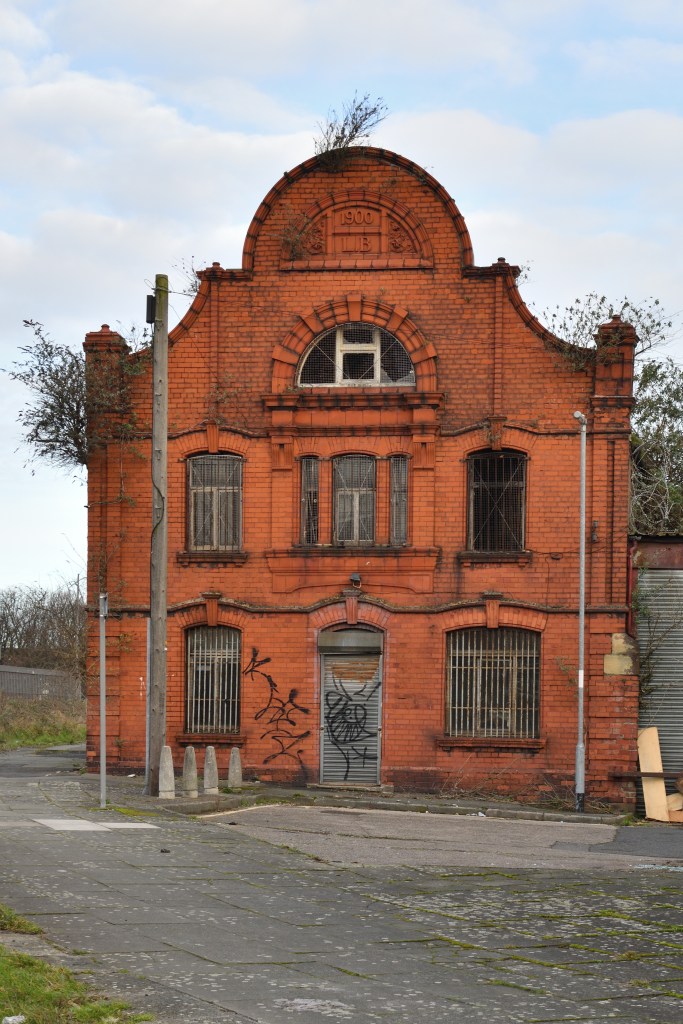
Having been aware of this building off Scotland Road for many years, I stumbled upon an interesting news story in the Liverpool Daily Post of Wednesday 22 November 1972 (via British Newspaper Archive)
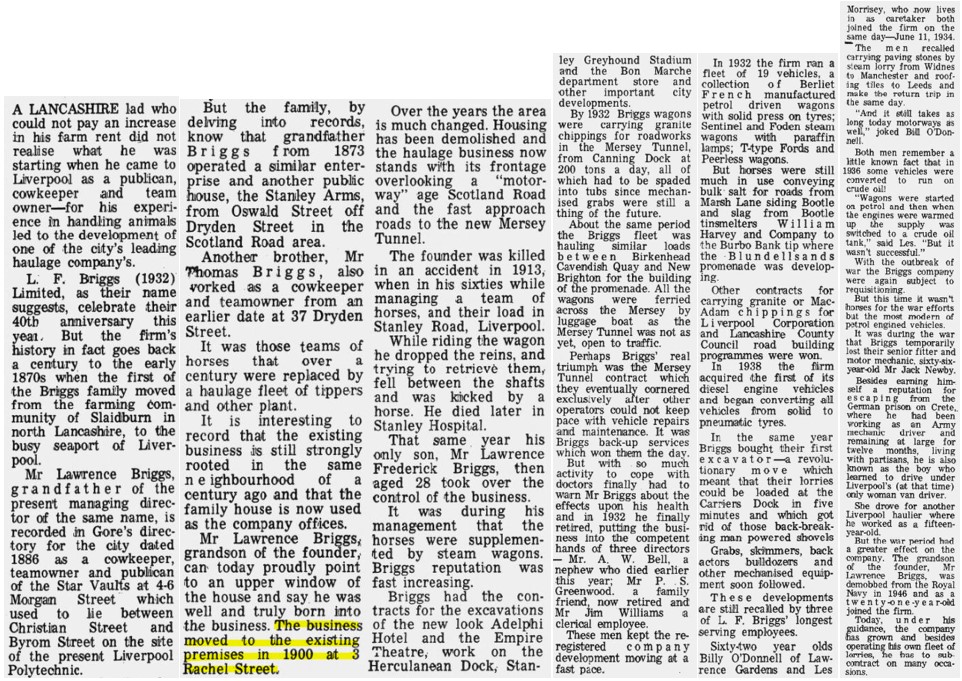
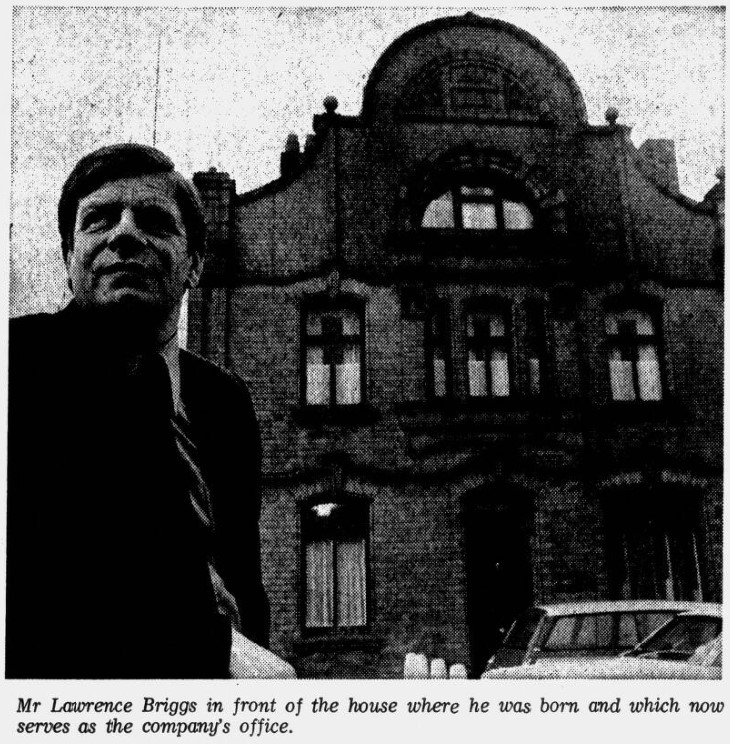


Having been aware of this building off Scotland Road for many years, I stumbled upon an interesting news story in the Liverpool Daily Post of Wednesday 22 November 1972 (via British Newspaper Archive)


To have been the proverbial fly on the wall in the Nook Hotel of old, would indeed have been an education on life. Tales of far flung and exotic lands, adventures on the high seas, and stories of local goings on, would, I am sure, have been exchanged in equal measure. Whether the discretion later reputably shown by famous landlady Eileen Jones would have always been the order of the day, or if ‘Chinese whispers’ then grew, we will never know. Undoubtedly the clientele was diverse, and undoubtedly many friendships would have started or been cemented in those smoky rooms.
I started this history hoping to find out about the origins of the building we now know as The Nook, the people who occupied it, and how it fits in with the history of Nelson Street, and more latterly, Chinatown. Gaps still remain, but I hope at the very least the following might help others who research the area, or just have an interest in the Nelson Street landmark today. Our building housed a pub from at least 1860, but can we learn any of its history prior to this, and what do we know of its time as The Nook?
Please click on LINK to view a first draft PDF of the history. I hope you find it interesting , and please do get in touch if you can add anything, or have a view on my interpretations. Please feel free to share, but can I ask you also share the source.
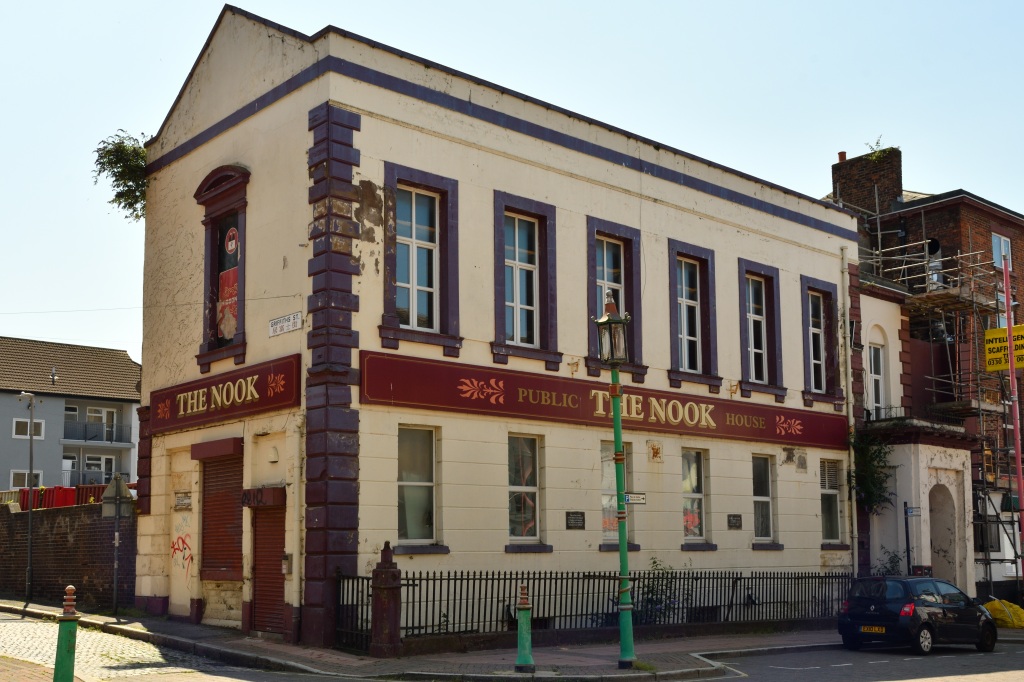
There are buildings you often pass that clearly have a history to be told. One such building is on Walton Road, Liverpool. Often that history is easy to find with no more than a few clicks on Google. However, if not, do you then take on the responsibility of satisfying yours, and hopefully others, curiosity? Well on this occasion it was again a yes from me, and another fascinating research journey began. I’ve said this often, but it was again the taking of a photograph that sparked my interest in this particular building, and once you start you certainly never know what to expect.
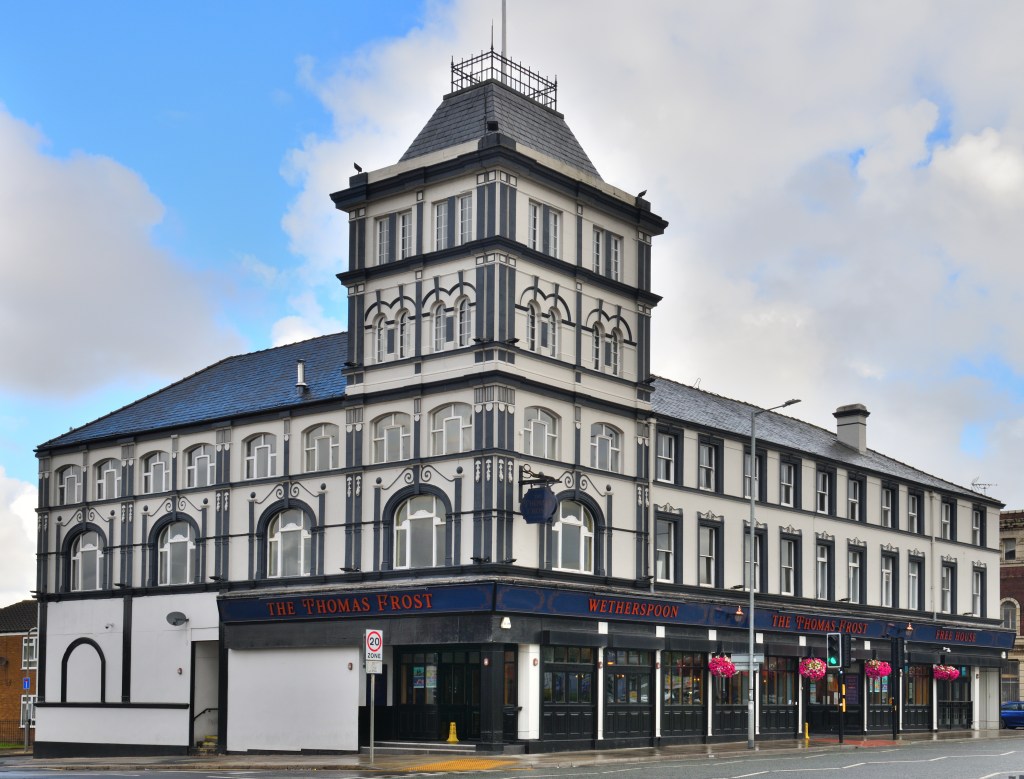
‘Frosts of Walton’ was a shop that many older residents of Walton will remember, and is now home to a Wetherspoons that many will have visited for a pint, or a bite to eat. The building also had 20+ years as the home for a range of other businesses/shops.
It all started from very humble beginnings for Mr. Thomas William Frost back in 1881, and in 1942, with the passing of his sister Mary Ann Frost, a key chapter in the life of the company would come to an end, but for another to continue. The Frosts were a close-knit family unit that in all likelihood first came to Liverpool together in the late 1870s, early 1880s, to begin a new life, or indeed to further an involvement in the drapery trade that had already started back in their childhood home of Norfolk.
There are gaps in what I have thus-far been able to find out about the early years of the family, but a story follows that will include a seemingly idyllic start in life, family heartbreak, family bonds, and of course a drive to build a successful Liverpool business. We also get war heroes, prize winning eggs, and a stained-glass window!
The blog will first look at the history of the business, with some great photographs, and then add a background on Thomas and his immediate family. It was great to discover a picture of Thomas Frost during the research.
Thanks to Wetherspoons the landmark Walton building survives, and I for one, now aware of the history it’s walls have enabled, will soon revisit to both raise a glass, and reimagine ‘Frosts of Walton’ as it bustled with early twentieth century bargain hunters.
Please click link to open the PDF file. (First Draft – further updates may follow)
Feel free to share, but do please acknowledge the source, and let me know if you have any memories of Frosts. Many thanks, and I hope you find it an interesting read, @Liverpool1207
An interesting looking block of surviving buildings on St. Anne Street, that have an equally interesting history. Built by W. and D. Busby, funeral carriage and general coach manufactures in 1876, this fine building is thankfully still utilised today. No.72 is occupied by famous organ builders Henry Willis & Sons Ltd., and nos.66/68 by Maggs Antiques Ltd.
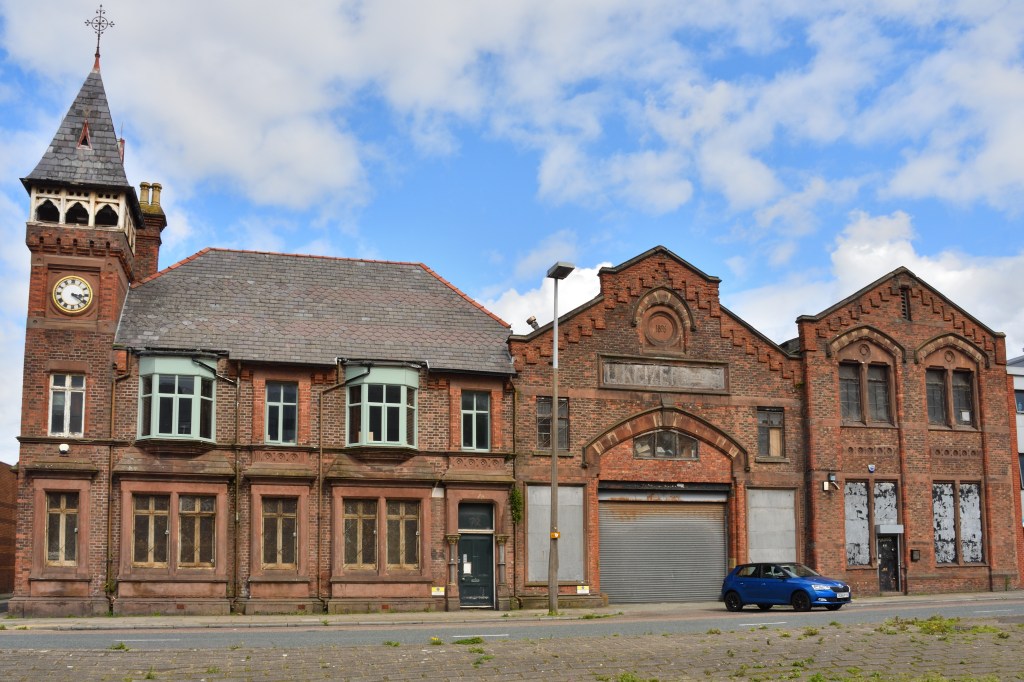
W. and D. Busby moved into their ‘handsome new premises’ in February 1877, relocating from nearby Fox Street.
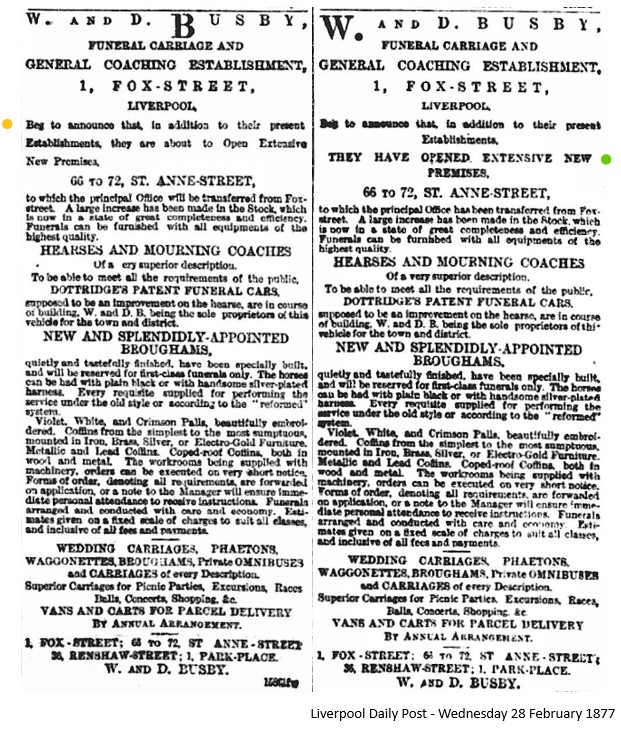

The most striking feature of the building is the turret clock, and it was in April 1877 that Busby’s proudly announced that their new ‘chiming clock and Carillon machine’ was in action, complete with different tunes for Tuesday to Sunday. The clock, which can still be seen today, but sadly not heard, was manufactured by Messrs. Gilley and Bland, specialists in turret clocks.
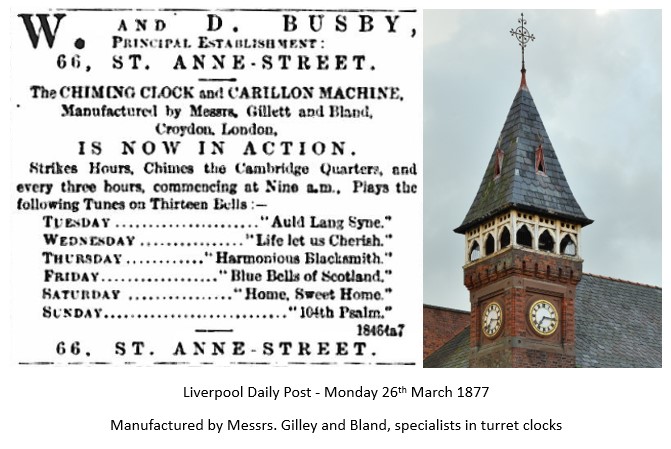
Busbys’ would remain in business until May/June 1902, when they went into voluntary liquidation. The entire stock and plant were auctioned on 5th and 6th June 1902, including ’35 Black Horses’:
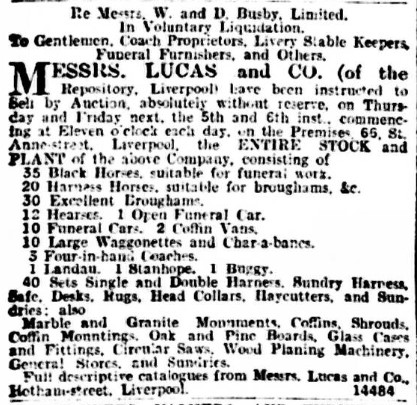
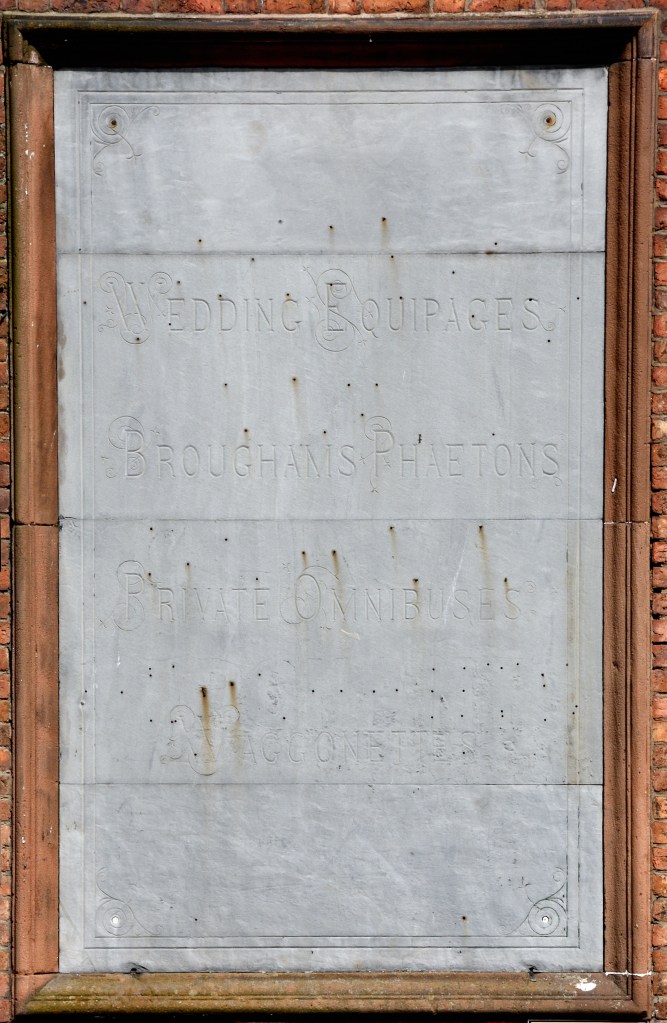
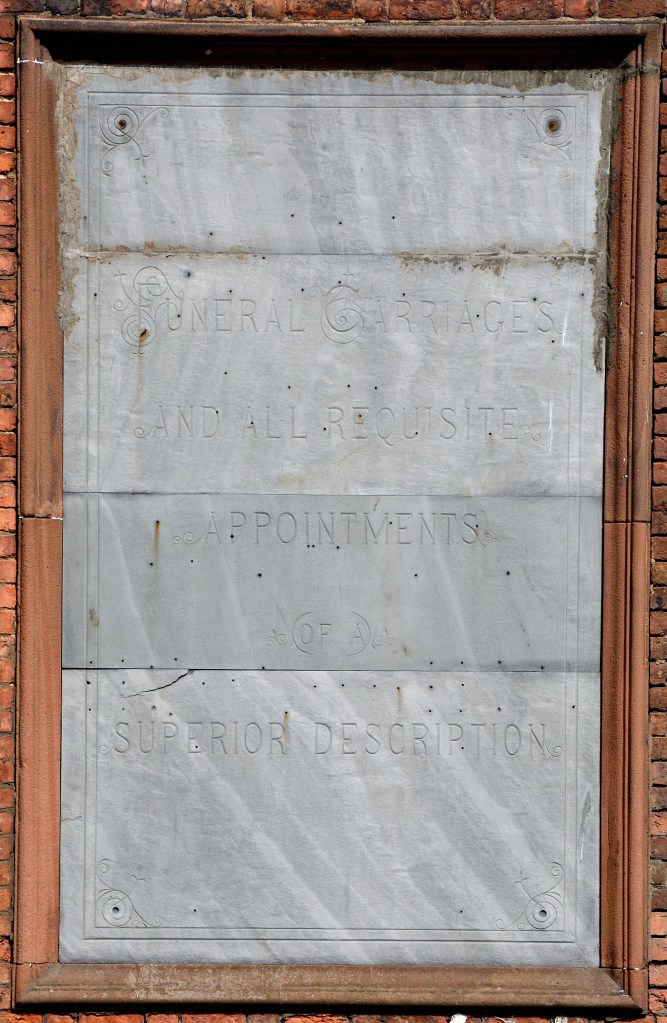
These fine slate signs survive on the building frontage.
Left: Wedding Equipages; Broughams Phaetons; Private Omnibuses; Waggonettes
Right: General Carriages; And All Requisite; Appointments; Of A; Superior Description
By March 1903 the premises have been occupied by L. Keizer & Co. Limited, glass manufacturers. Their fading ghost sign is still just about visible:

The Keizer family themselves have a fascinating history, this via National Museums Liverpool:
Keizer Venesta Ltd. started in St. Anne Street, Liverpool in 1817, where Joseph Chiesa traded as “Carver, Gilder and Glass Merchant”. By 1839, A. Greener had joined him in partnership. In 1842 L. Keizer joined Chiesa and Leopold Rohrer in partnership, who were now trading as “Carvers & Gilders, Looking Glass & Clock Makers & Dealers in Plate Glass”.
In 1902 on L. Keizer’s death, the watchmaking business was sold off and the glass side, which continued trading as L. Keizer & Co., Ltd., developed rapidly. Larger premises on St. Anne Street were leased and the business was incorporated as a limited company. In 1967 the glass company was sold after 150 years in the business, but the name L. Keizer was retained. However, the woodworking side had expanded and concentrated on supplying plywood for the shipbuilding industry. They were so successful that by 1939 they claimed to have supplied plywood to the leading shipbuilders, for vessels such as the Empress of Britain, Queen Mary and Queen Elizabeth. In 1965 the company merged with Venesta Plywood, after many years of co-operation, and became known as Keizer Venesta Ltd. For further details see the attached catalogue or contact The Archives Centre for a copy of the catalogue. Link
Thankfully, the building survived a ‘mysterious fire’ in 1914, As reported in the Liverpool Echo of Monday 15th June 1914:
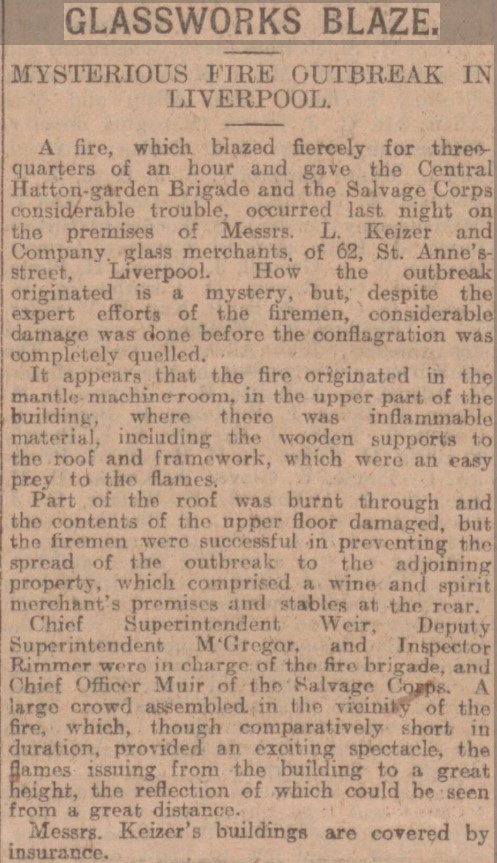
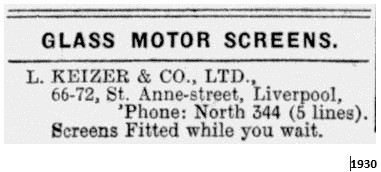

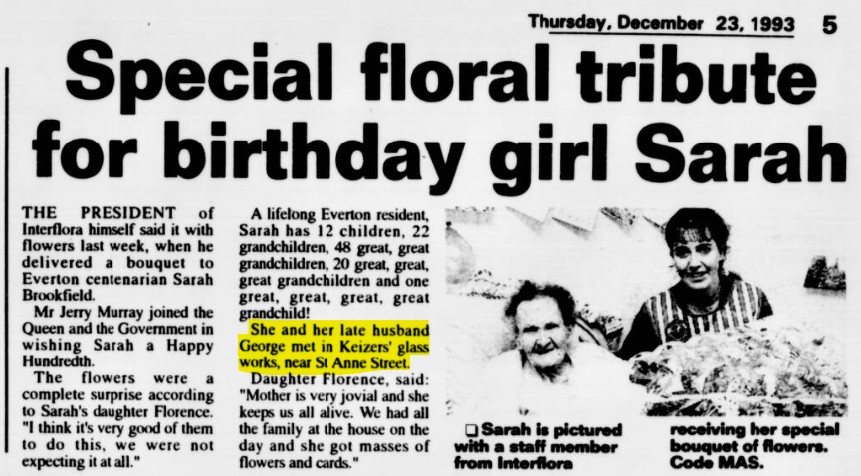
Keizer’s were still at the premises in December 1968, and then in December 1974 we see that no.72 has been occupied by Rushworth & Dreaper Ltd. As their new ‘Organ Works’.
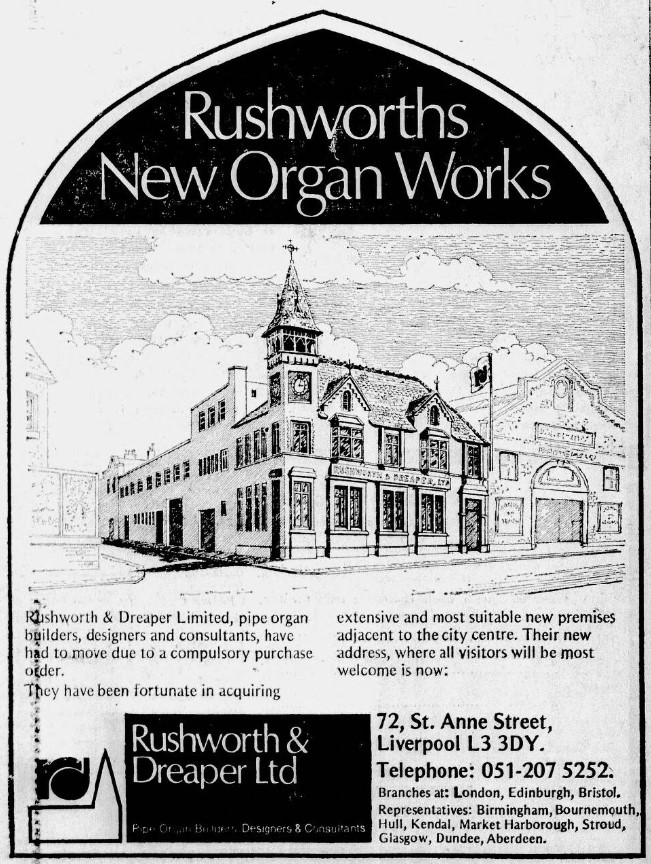
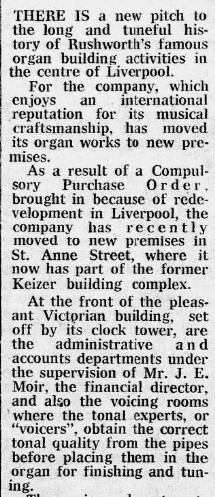
Rushworth ceased trading in 2002, and you can read a history of the company here. The legacy of their organ building can still be seen across the city, including at Our Lady & St. Nicholas, and the Philharmonic Hall.
The next occupants of no.72 would be the equally famous Henry Willis & Sons Ltd. who moved here in 2004 (TBC), and continue today.
It is great to see such a fine and historic building surviving today!
All newspaper cuttings via the invaluable British Newspaper Archives
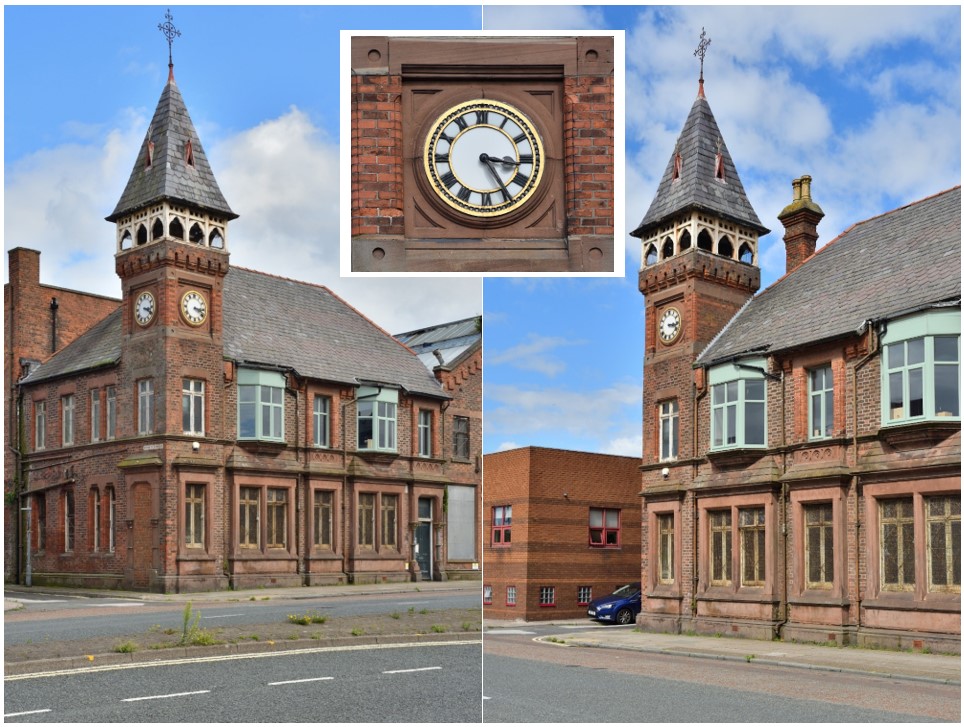
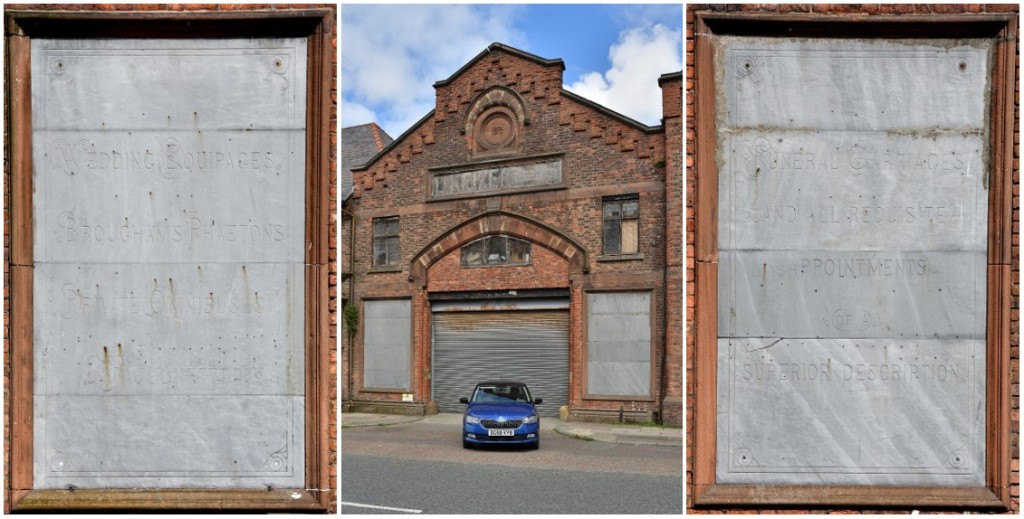
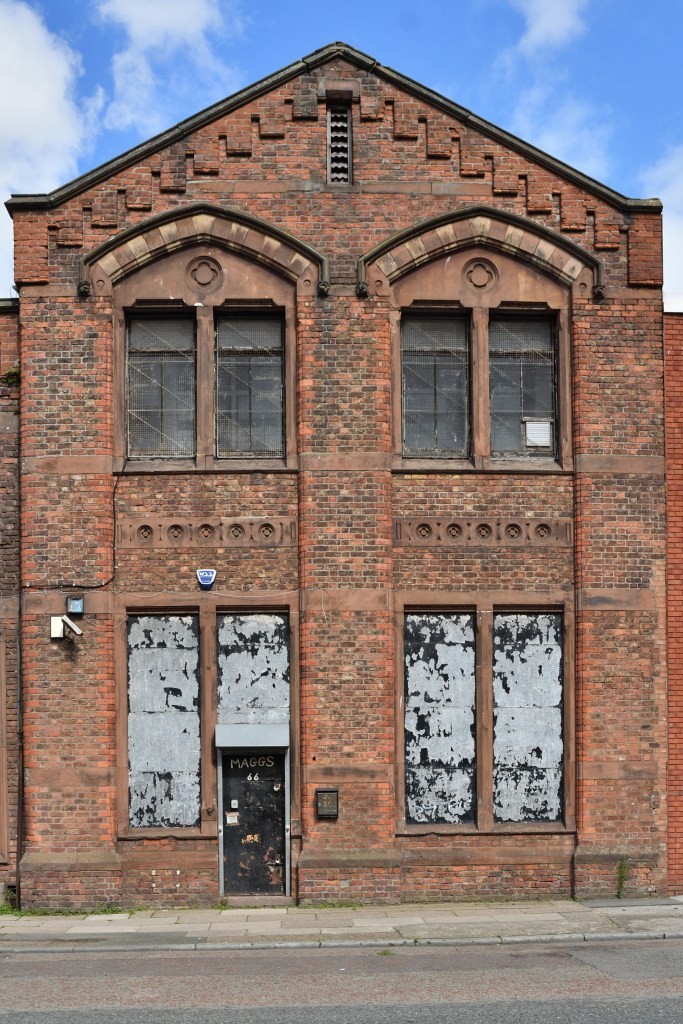
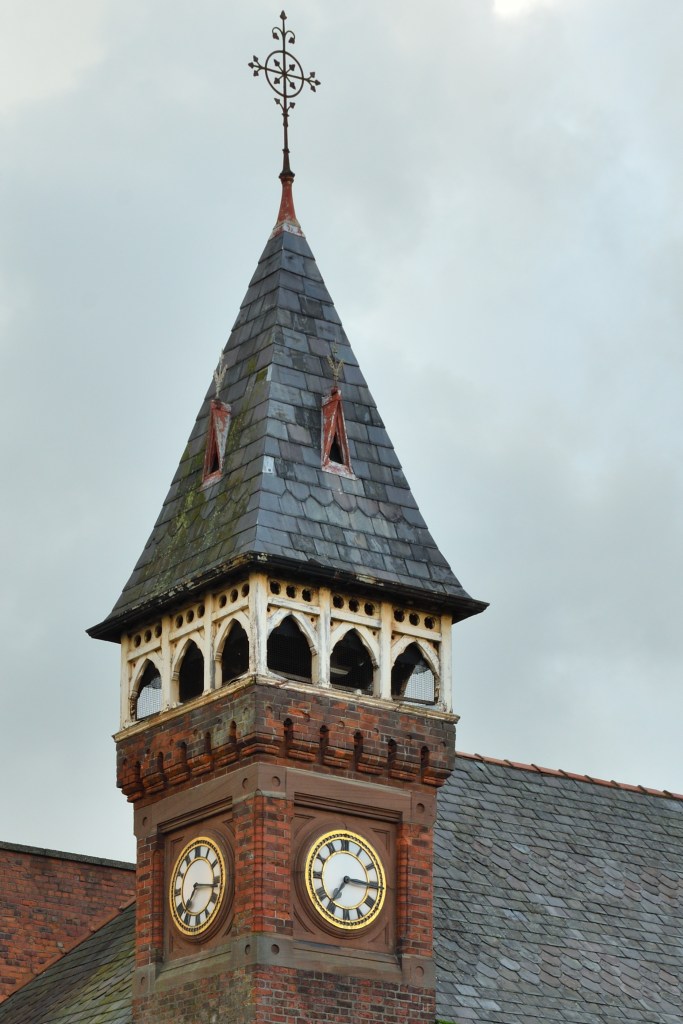
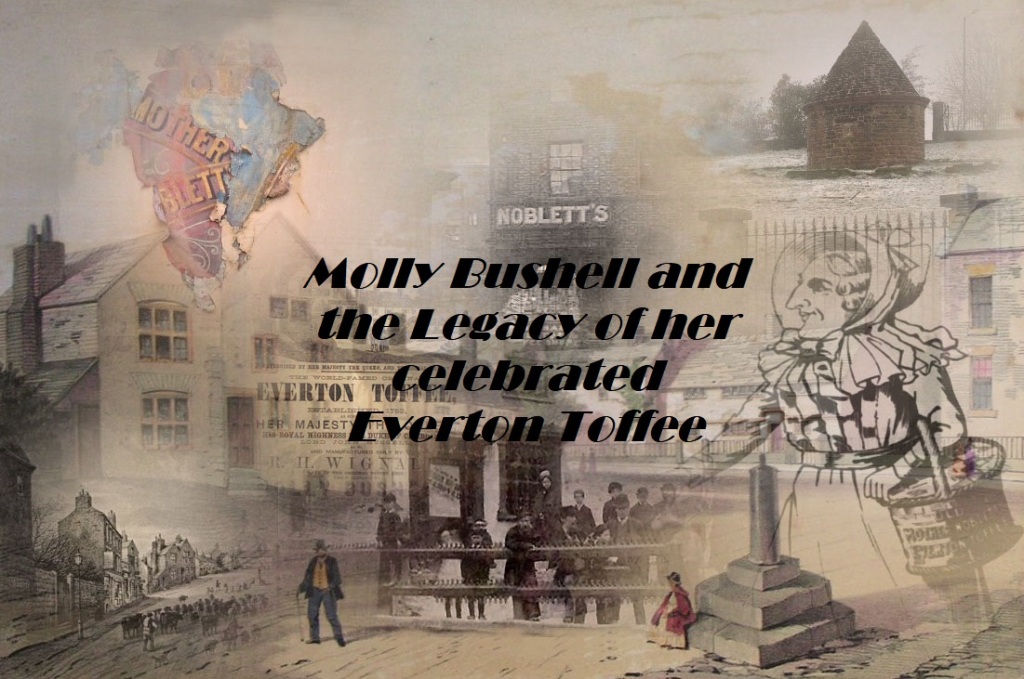
This was certainly not intended as a blog, and was more a tool for me to try and get my head around the complex evolution of ‘Everton Toffee’ and its various outlets. A more skilled writer than myself could certainly draw more out of the facts I present, and there is certainly a novel in there somewhere! Something along the lines of ‘Toffee Wars’ might be a prospective title!
Anyway, as I needed to organise my findings for my own curiosity, here they are. I have purposely avoided conjecture, although have referred to what others have said. If there are any expert genealogists out there you will certainly do better than I have on unravelling the family lines of Molly Bushell and her descendants (and may be able to clarify some queries I have left unanswered).
I have pretty much presented everything in chronological order, and have included a couple of tables that may make things easier to grasp. Hopefully what I have complied will be accurate, be of interest to some, and help others in their own research.
So once again, what started with taking a photo led to literally hours and hours of research!
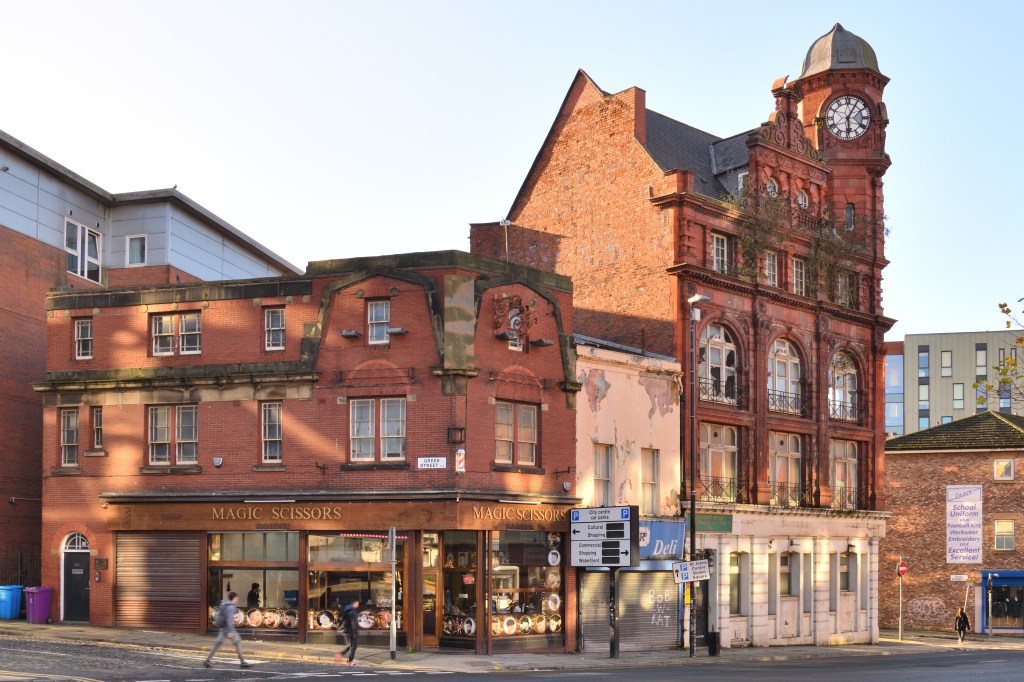
Just a short post attached with cuttings via British Newspaper Archives, detailing the history of a recently restored building on Duke Street.

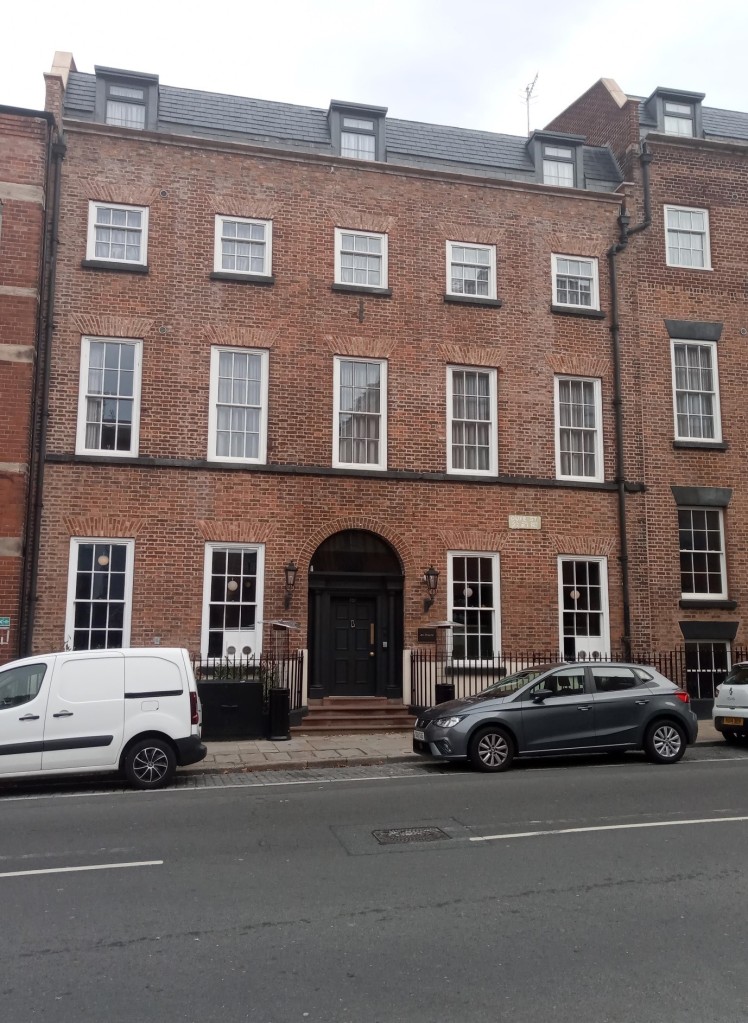
Home of the Rev. Augustus Campbell, the short-lived Sefton Club, and the pioneering Balfour House -‘Home for Apprentices in the Merchant Service’.
Construction of St. George’s Church started in 1726, finally being complete in 1734. It occupied the site once occupied by Liverpool’s imposing Castle. The building would have a long and interesting history, surviving until its demolition in 1899/00. At that time, some 800 bodies remained in 160 vaults, and in October 1900, despite some objections, it was agreed to remove them:
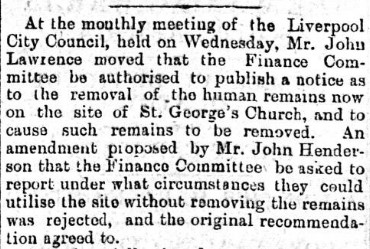
The delicate task was carried out by Mr. William Standing of Garston, and the work was underway by December 1900:
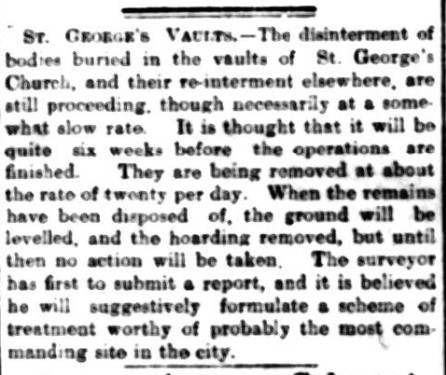
Prior to the commencement of demolition, a correspondent from the Liverpool Daily Post, seemingly somewhat reluctantly, went into the crypt, ‘among the dead men, dead women, and dead children buried there in great numbers ‘
The fascinating report of his visit was carried over three articles, and can be read in full in the following slideshow:
This blog post was possible due to the invaluable British Newspaper Archive
Views of St George’s Church in its prime, and during demolition:
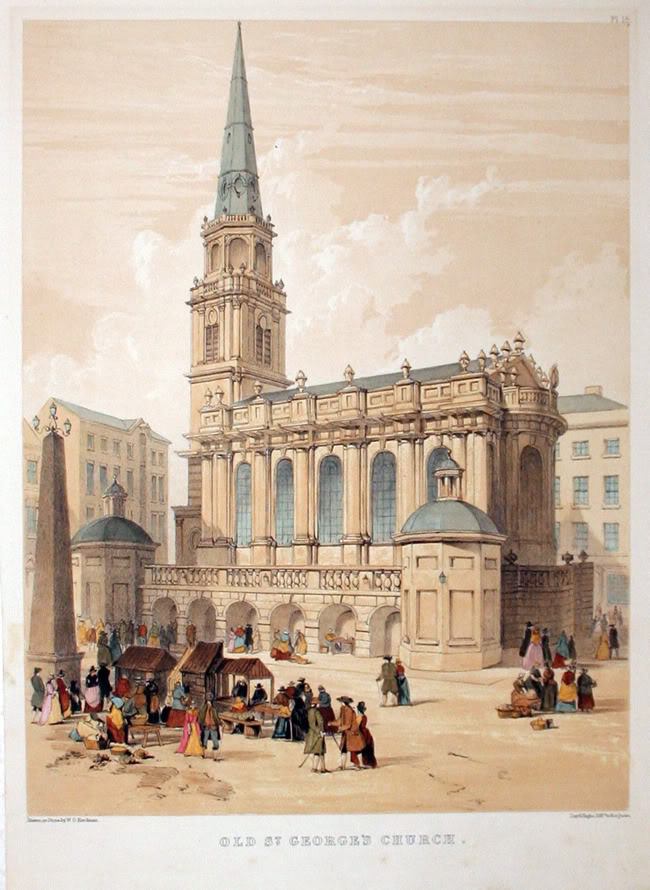
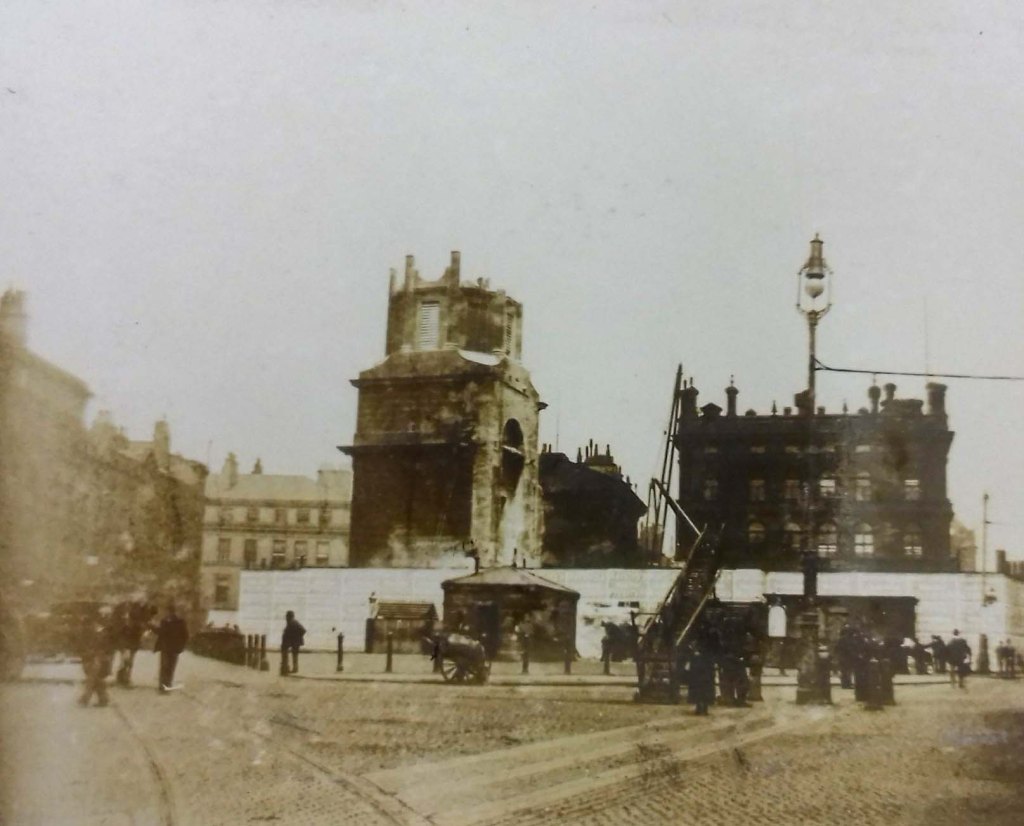
History and photography are great bedfellows, so, as I tend to do, on having taken a photograph of a familiar Liverpool building, I then wanted to know more about its history. This was the case with the former Venice Chambers on Lord Street, now home to the very popular Rococo café:
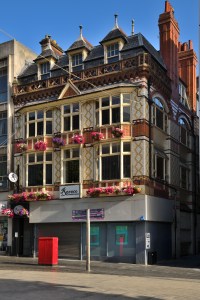
Often it is a process of confirming what I knew, or thought I knew, but it is always more rewarding uncovering history I had not previously come across. This was certainly the case this time. Already knowing the buildings connection with the famous Bear’s Paw Restaurant, this became a starting point. I would very soon be focusing on the fascinating Cobham family. The story that follows is one of family tradition, adventurous travels, social change, and business dealings, but let’s start at the beginning….way back in 1832:
NOW UPDATED WITH A GREAT PICTURE OF THE BEAR’S PAW IN 1925
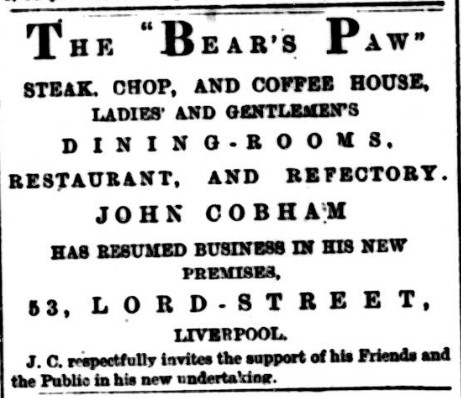
If you have any tales to share of the current buildings latter years, including Harrington’s Bar, do please get in touch.
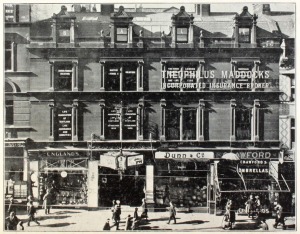
A building that comes from a key trade in Liverpool, a building sadly in disrepair:
HISTORY: No.10-16 Victoria Street was built in 1888 as a railway goods depot for the London & North Western Railway, a reminder can just about still be seen on the façade today:
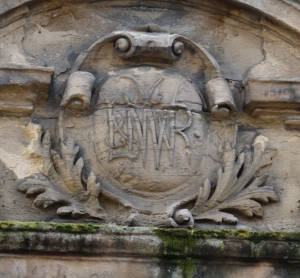
The original LNWR building was constructed to serve Exchange Station on Tithebarn Street (the first station was built in 1850 and a larger version constructed in 1886-8; this eventually closed in 1950).
The Victoria Street building was converted into the Fruit Exchange in 1923 by James B Hutchins, and opened on 14th January 1924. After its change of use the Fruit Exchange became the main trading point for fruit produce within the city, and dealt with the majority of fruit imports coming into Liverpool. Warehouses in the Mathew Street area behind were used to store the fruit sold at the exchange. Just twelve months later the exchange was extended, with the formal opening on 5th January 1925.
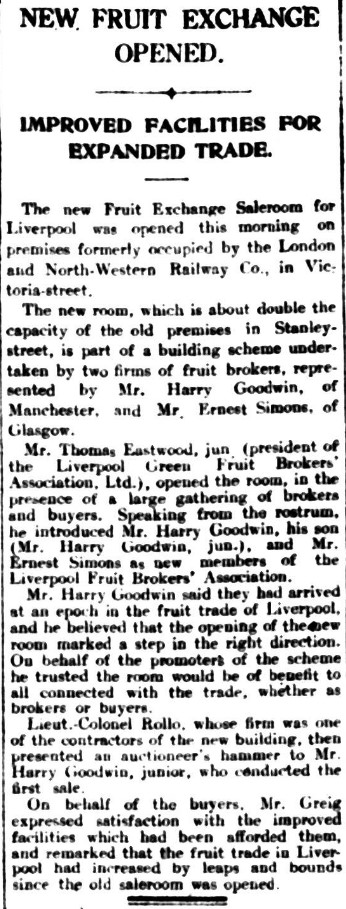
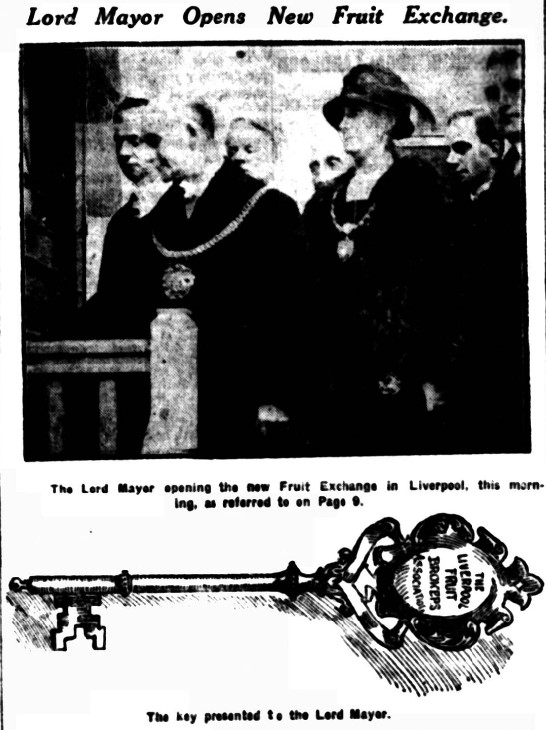

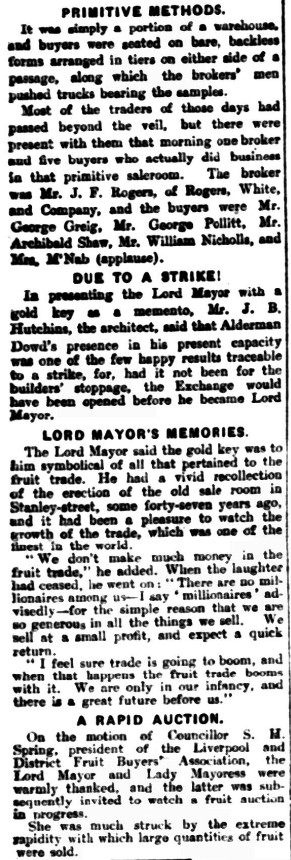
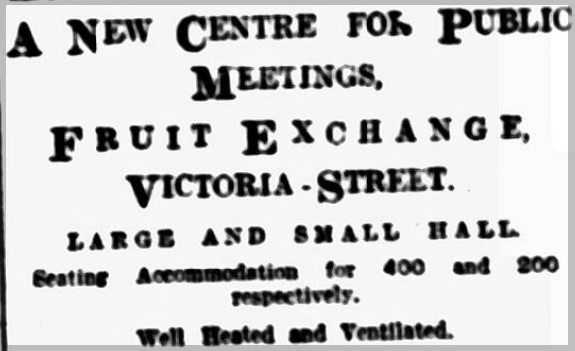
In the late C20 the lower ground floor was converted into separate public houses. In 2008 the building was designated Grade II Listed:

A must see video from the BBC:
Fruit Exchange, Victoria Street, exterior, 1940 – zoomable image
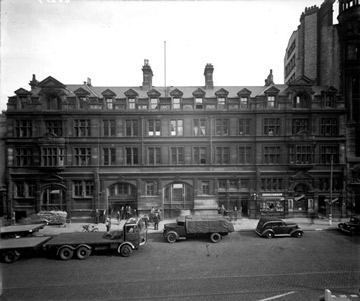
In 1992 the threat of demolition loomed, and the Exchange was up for sale: as you would expect not everyone was happy with the idea…
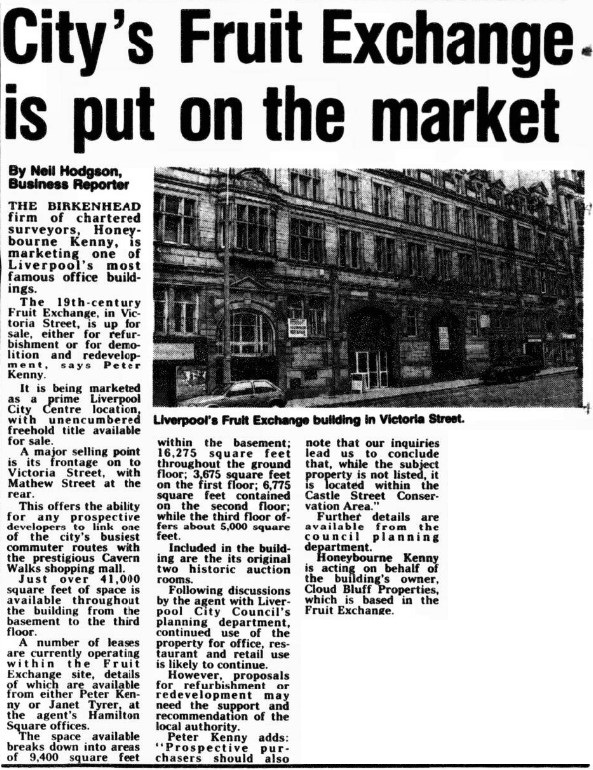
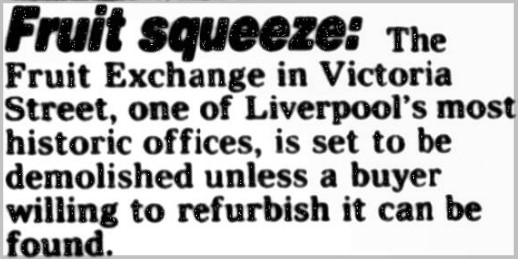

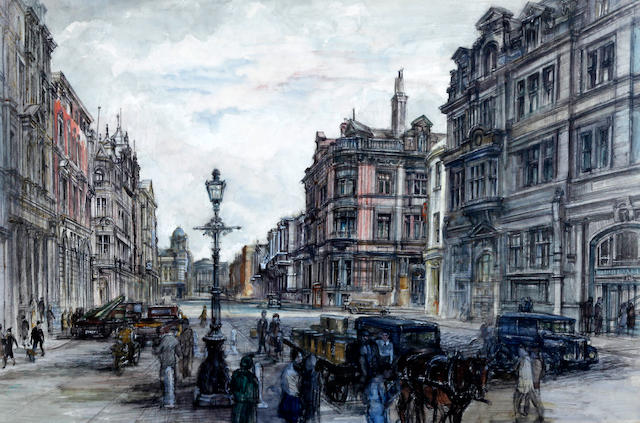
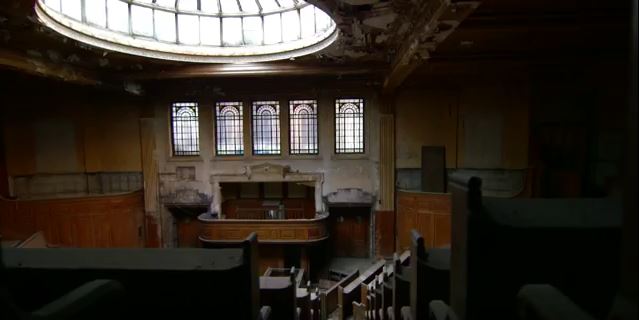
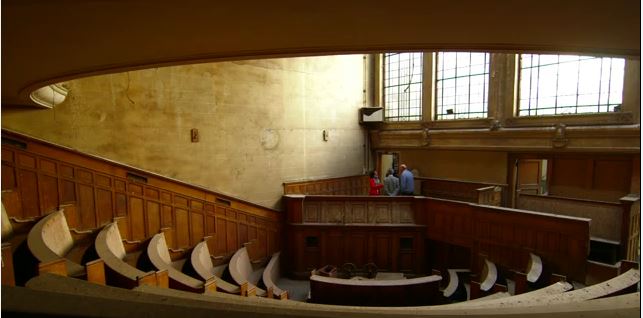
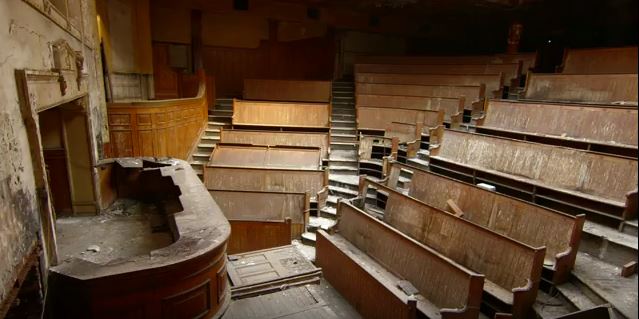
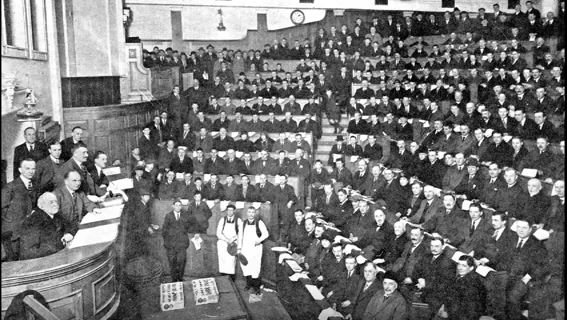
Lets hope a new use can be found and that this gem is still here for future generations to see
As featured in the Liverpool Echo: Pictures by Colin Lane – April2016
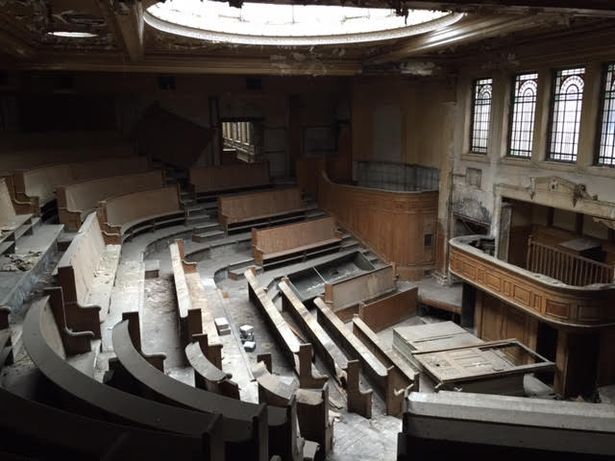
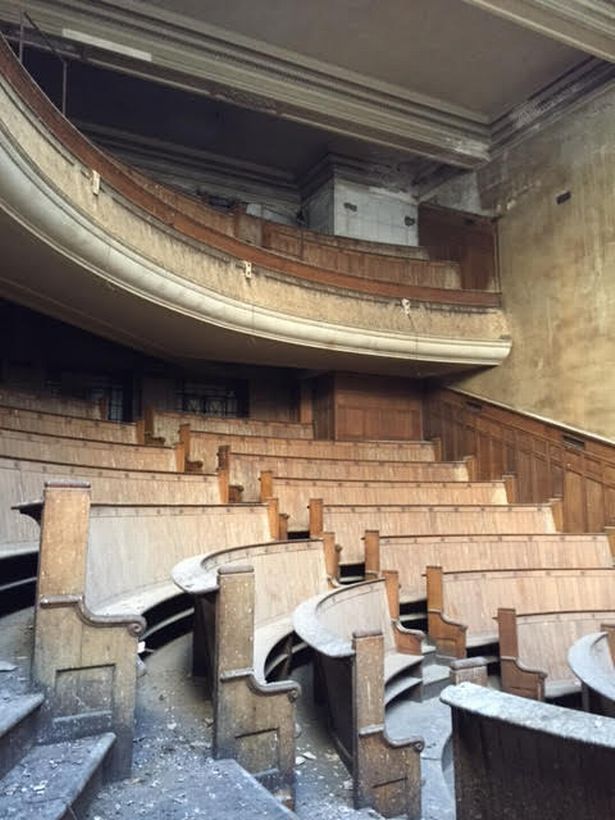
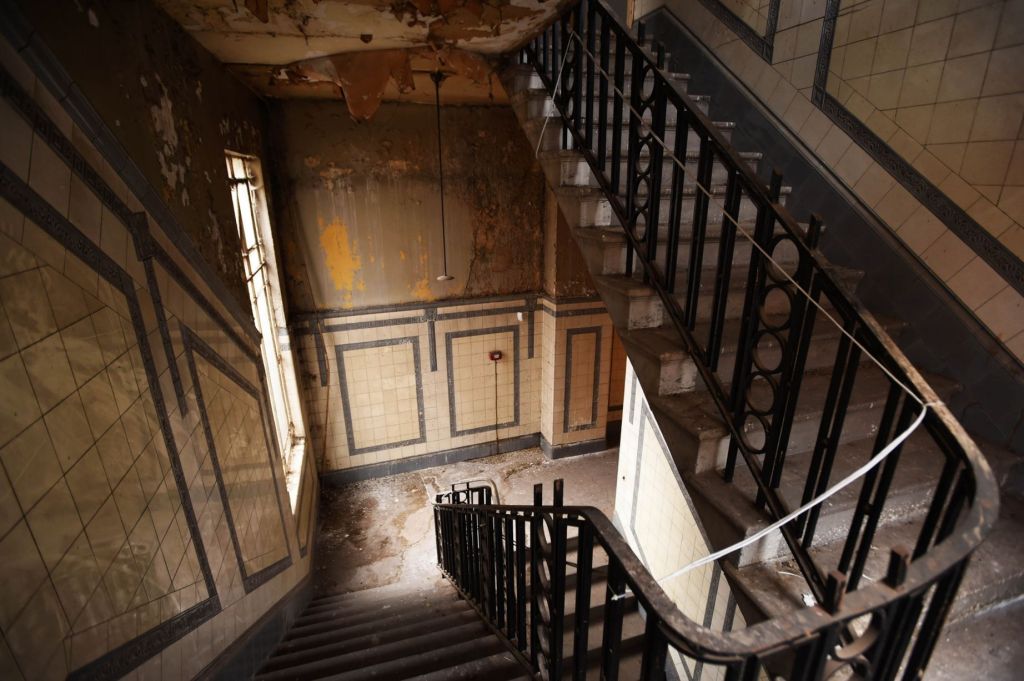
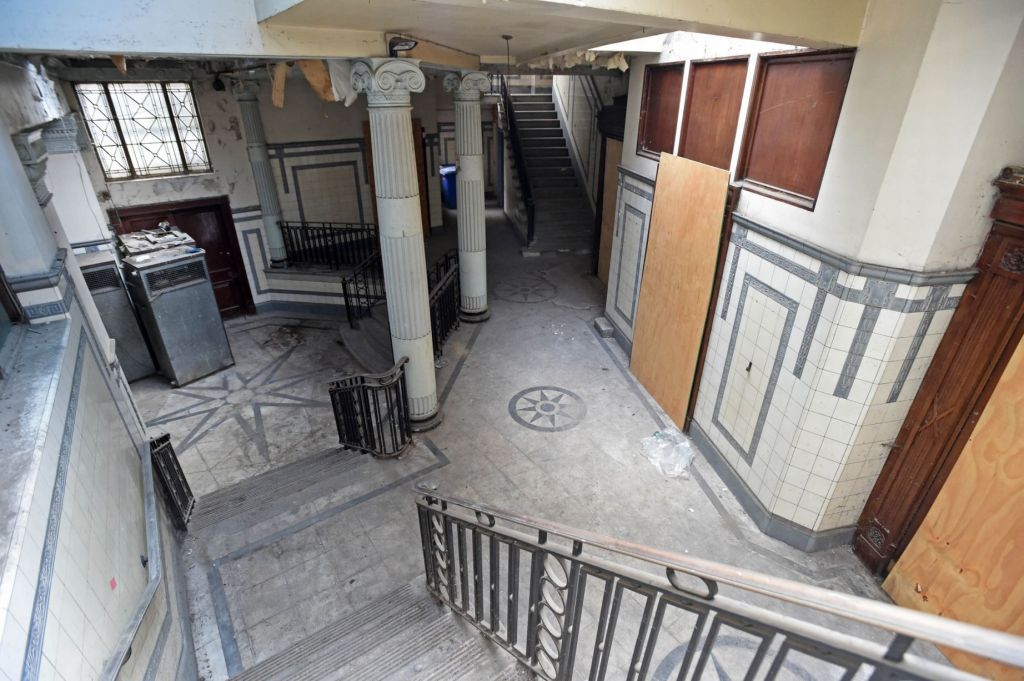
The Fruit Exchange is owned by Cloudbluff Properties, whose director, Robert McGorrin, has been hoping to secure a viable long-term future for it since 2009.
He says: “It’s a great building – the auction rooms are unbelievable. There is so much history attached to the place.”
Footnote: I am advised that the owners have been carrying out some work to preserve the structural integrity of the building. As for future usage the Grade II listing of the building limits the alterations that can be made. Options are being explored.
Update: Sept 2019 – Plans for a hotel conversion https://ymliverpool.com/luxury-hotel-planned-for-liverpools-fruit-exchange/39851
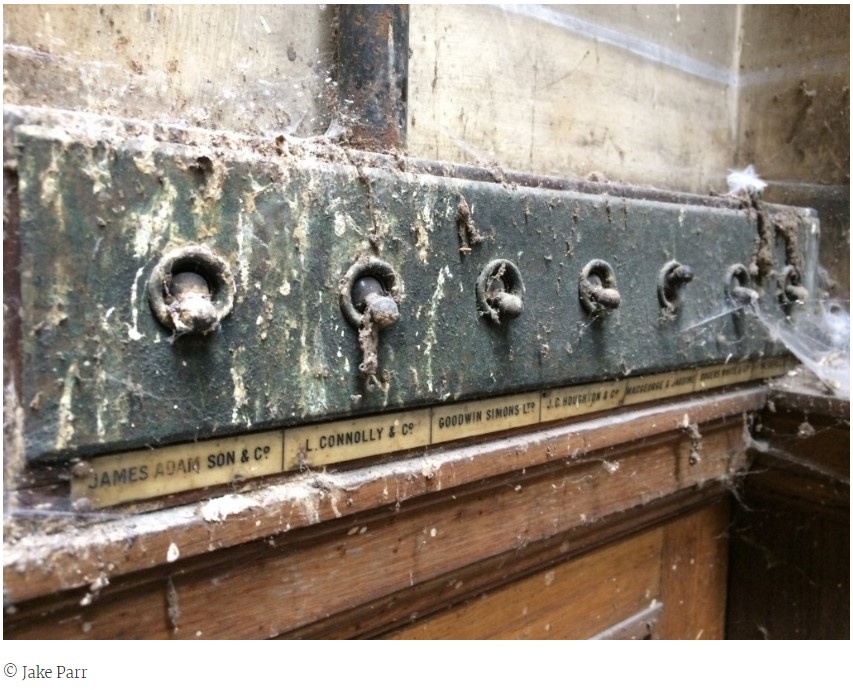
The plans accompanying the 85-bedroom hotel application can be viewed here: What this will mean for the historic elements of the building is always a concern, but with regard to the two auction rooms, the developer says “auction rooms to be retained and restored to best possible condition. Propose to use area at back of large auction rooms as a bar area. Potential for both auction rooms to be used by the Hotel for functions, lectures, conferences etc”

The planning application has not yet been actioned.
Update: 2022 – the printers that have for the last few years occupied the ground floor units have moved out. Unfortunately, the Heaven Club have seen fit to plaster the façade with banners, causing more damage to the deteriorating stonework etc.
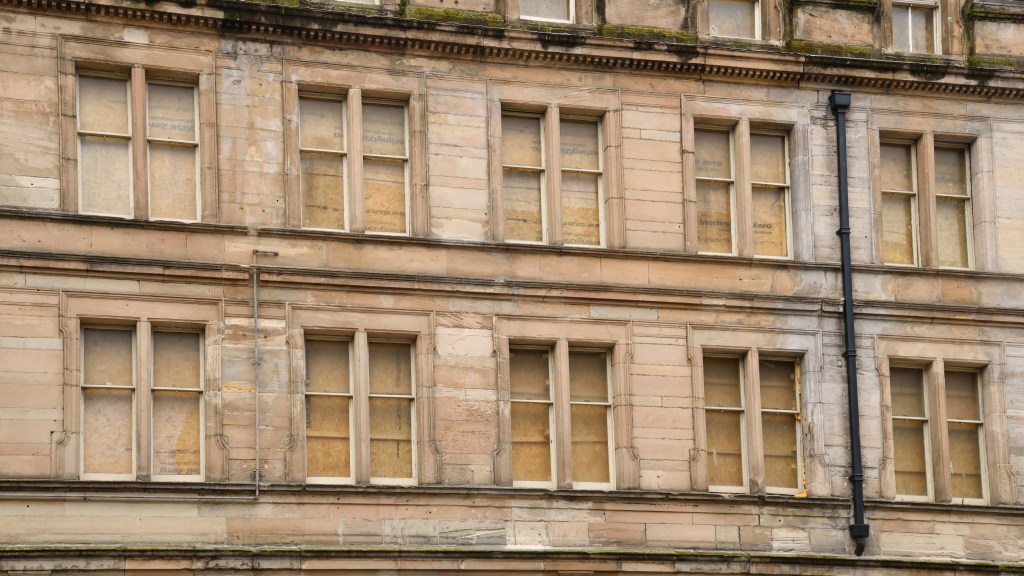
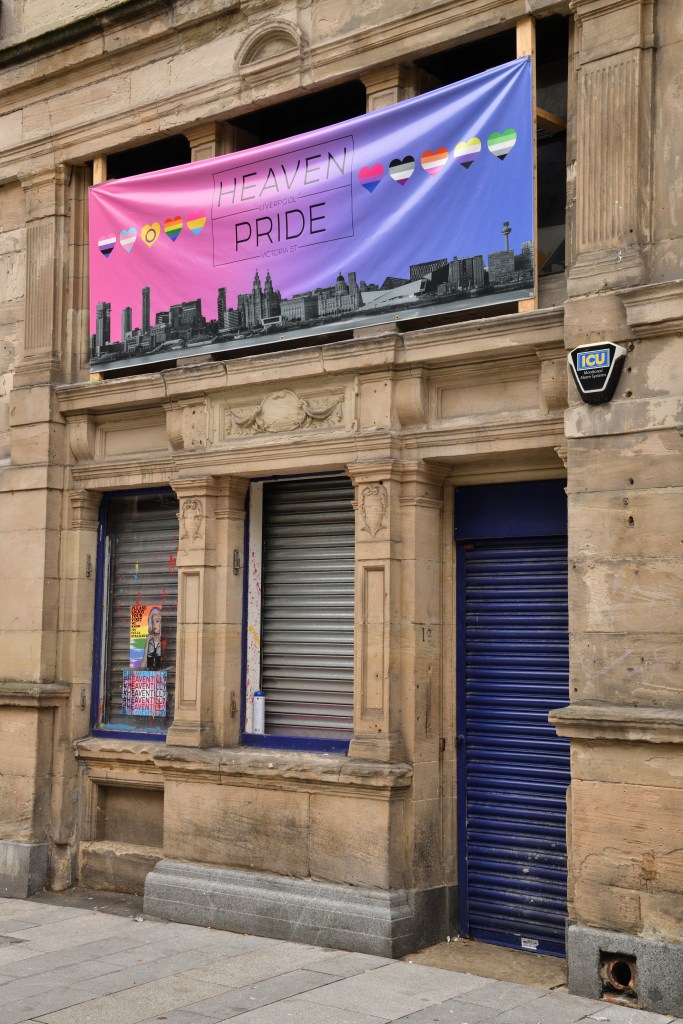
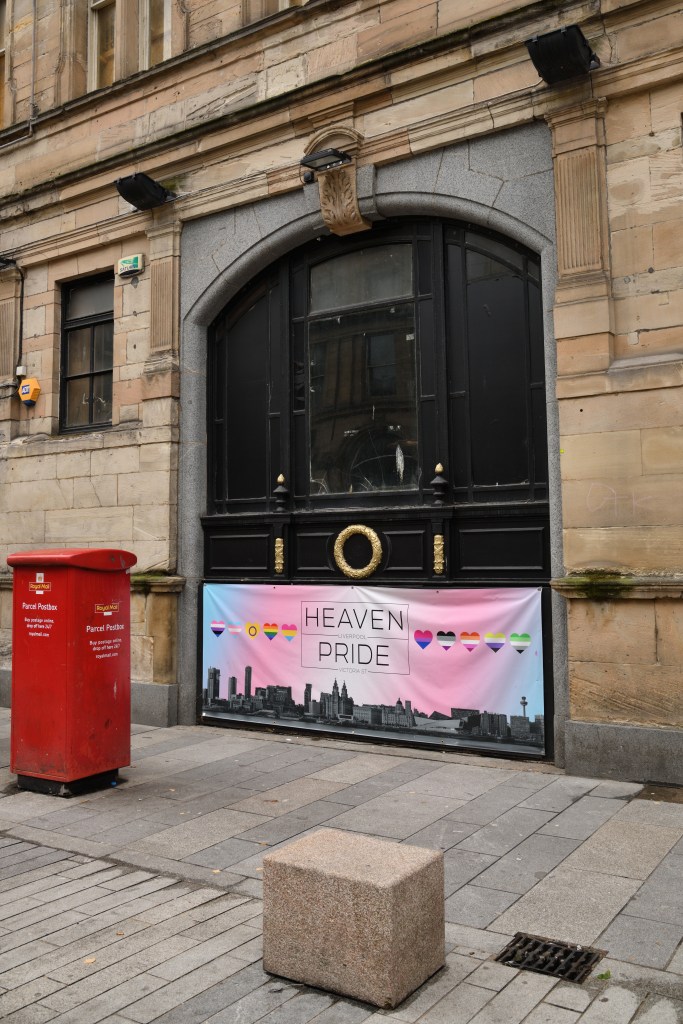
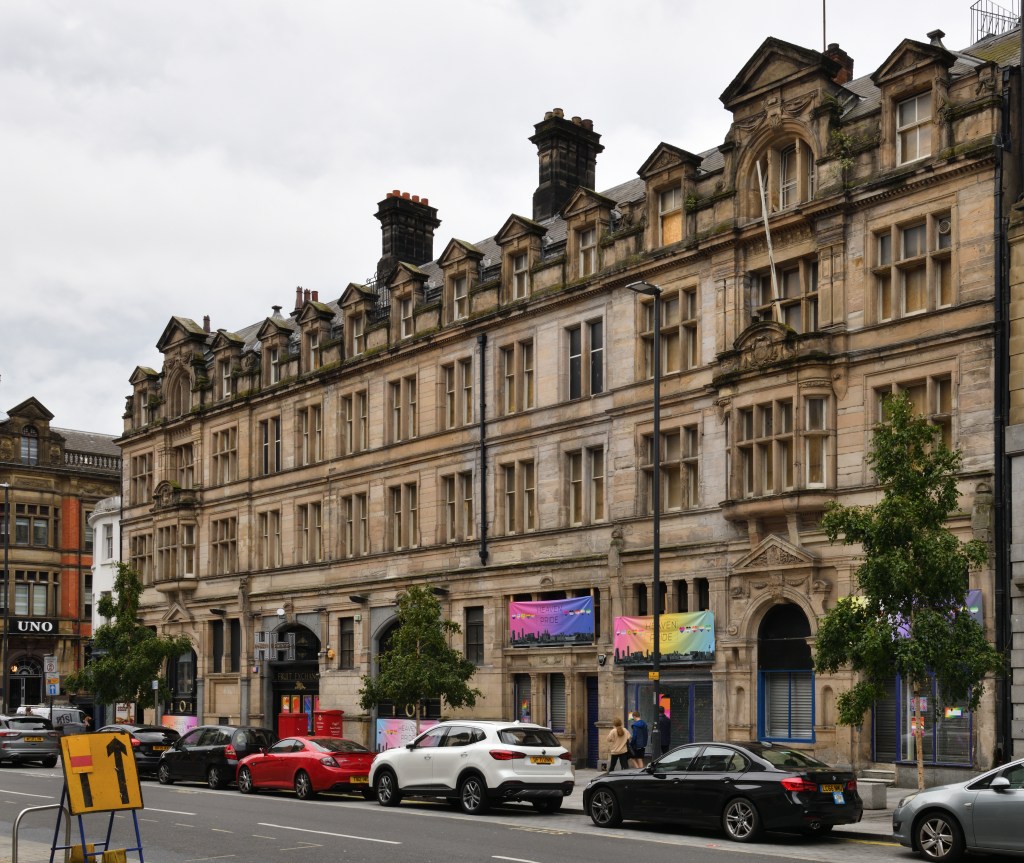
All newspaper cuttings sourced via British Newspaper Archives
Opened on 7th October 1927, The Rialto was indeed a ‘super-cinema’, so much so that The Bioscope would produce a supplement dedicated to it. Thanks to Home | Search the archive | British Newspaper Archive we are able to read all about the cinema and its incredible design. The slide-show below makes for great reading.
The Rialto was of course much more than a cinema, and the opening would also feature a ball in aid of the Lord Mayor’s Hospital Fund. Visitors could also take advantage of the Garden Café and Grill. The Liverpool Echo would describe the interior of the Rialto as ‘staggering’, and the opening was clearly a success –
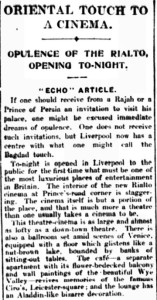
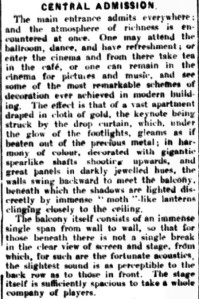
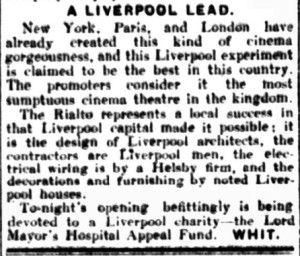
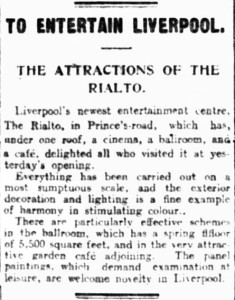
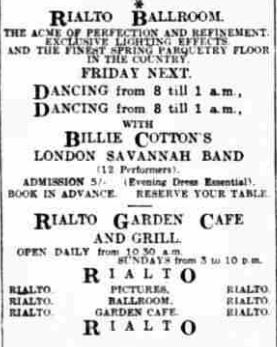
Trying to move with the times, the Rialto presented its, and Merseysides, first 3-D colour presentation on 3rd August 1953, with Paramount’s “Sangaree” starring Arlene Dahl and Fernando Lamas
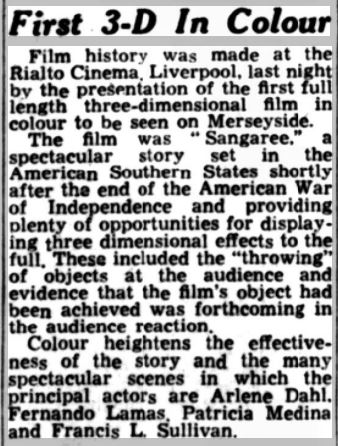
Enjoy the slides!
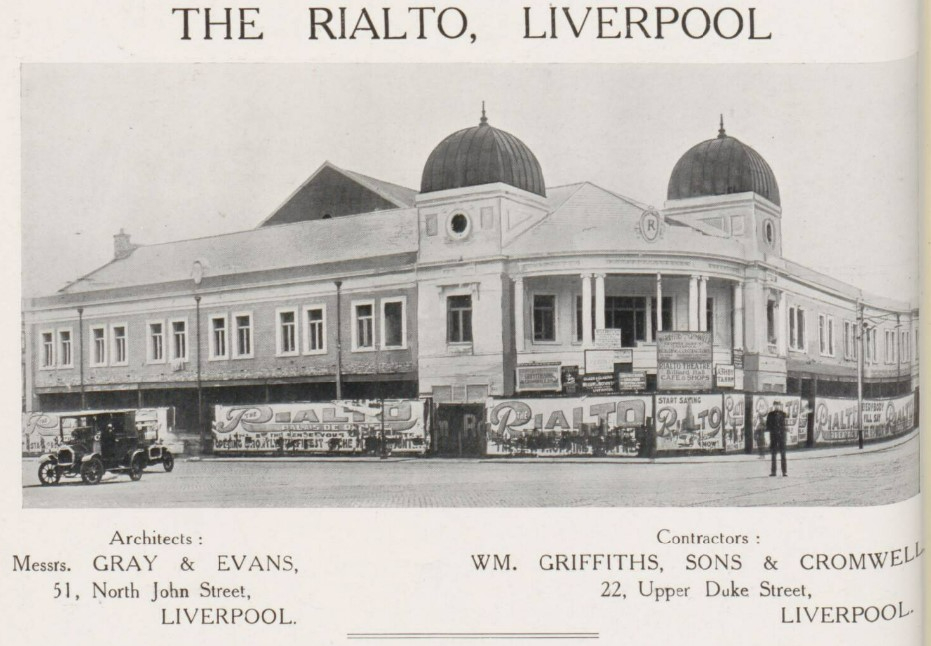
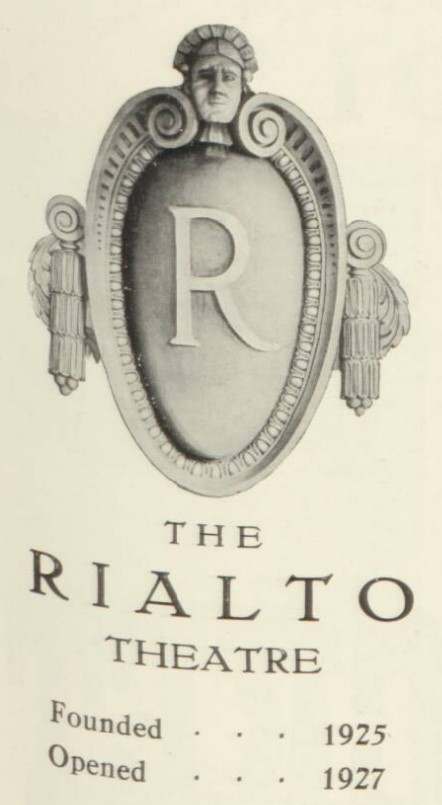
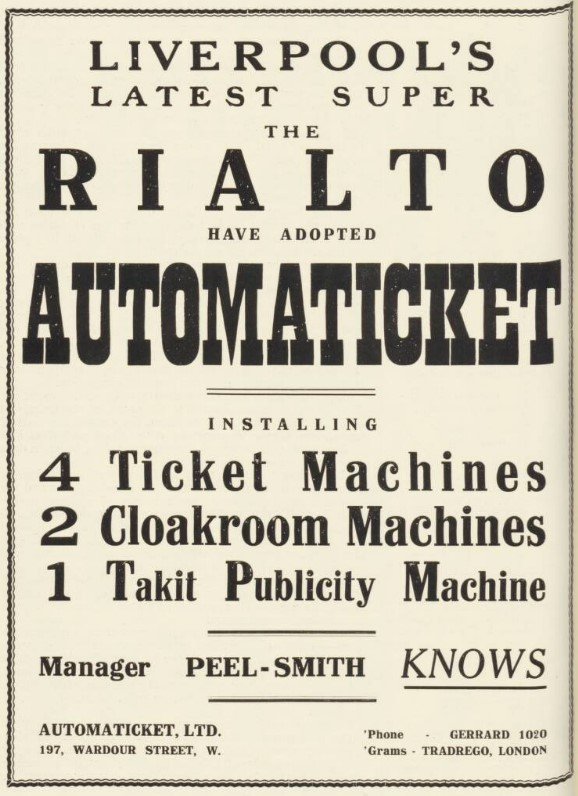
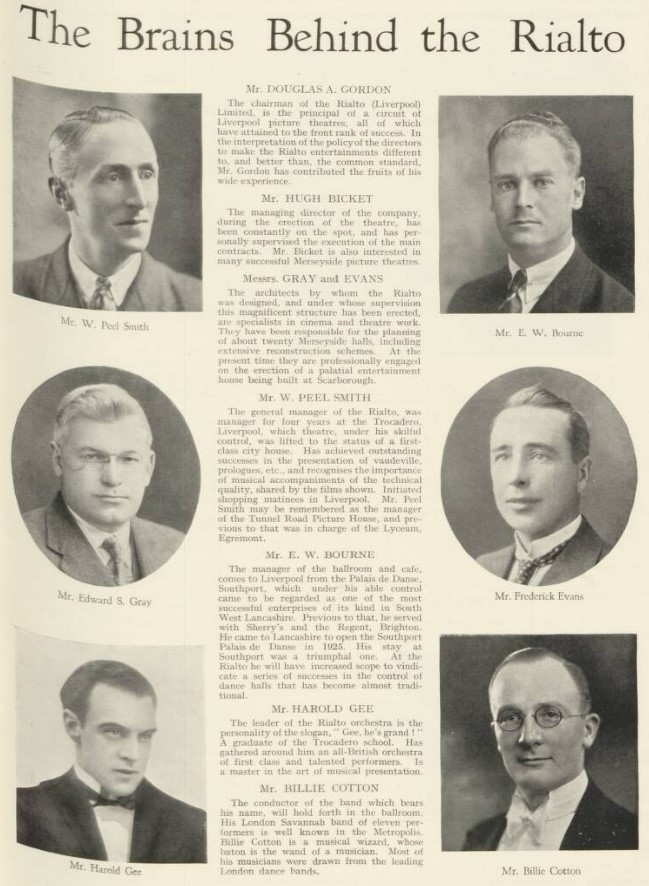
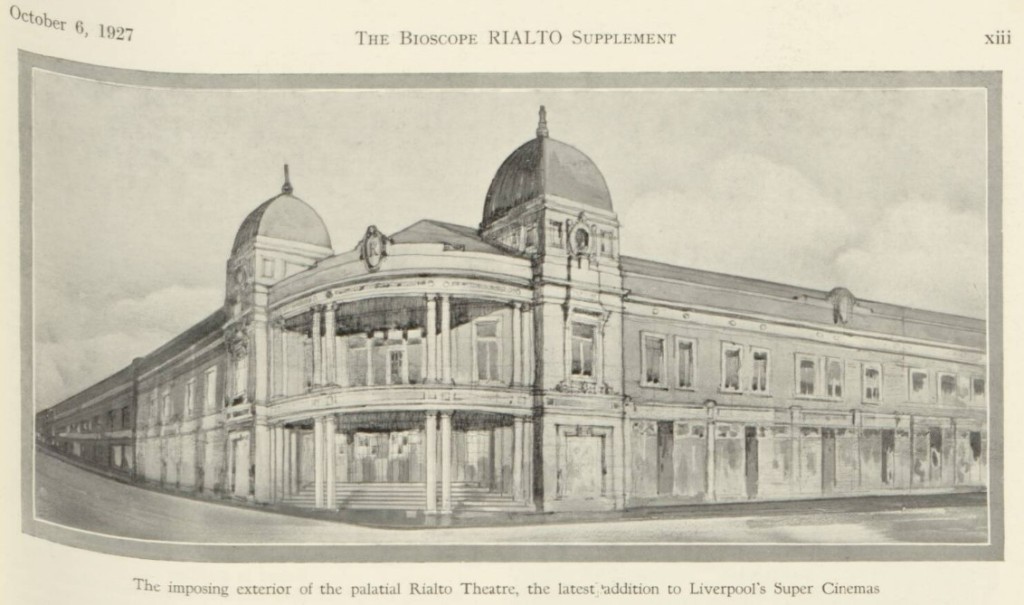
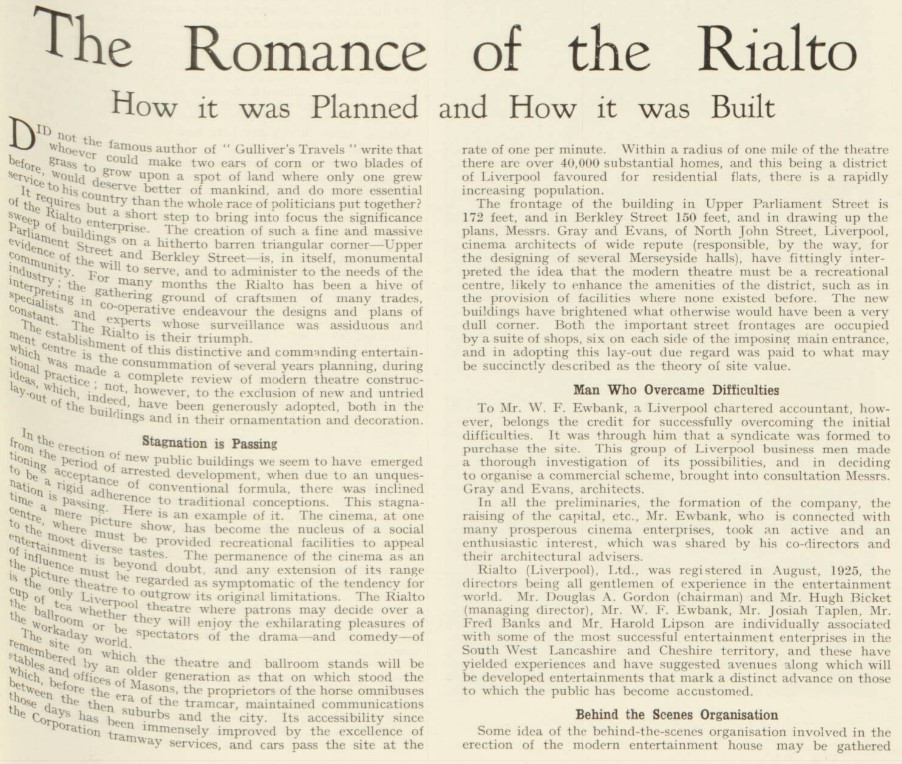
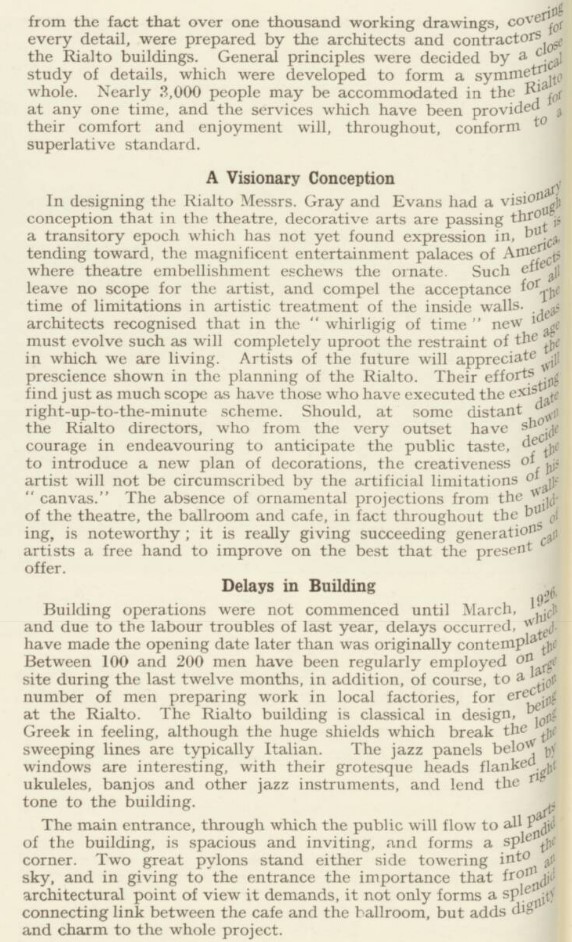
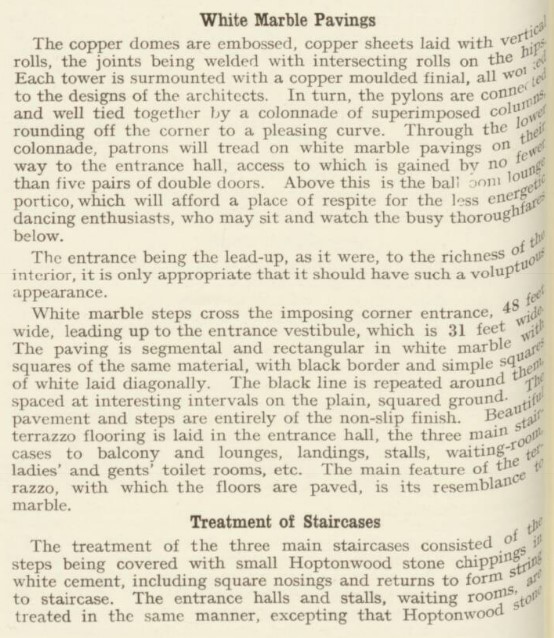
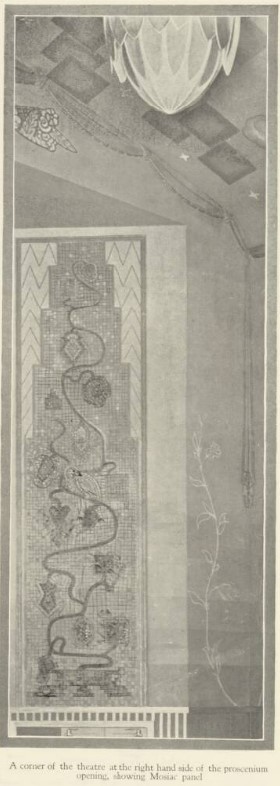
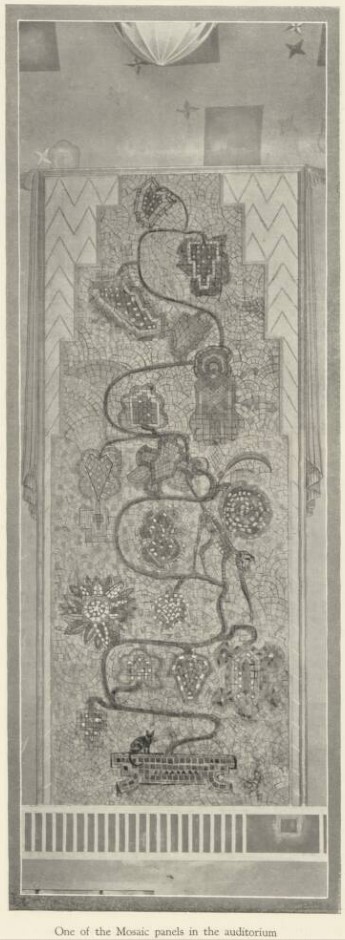
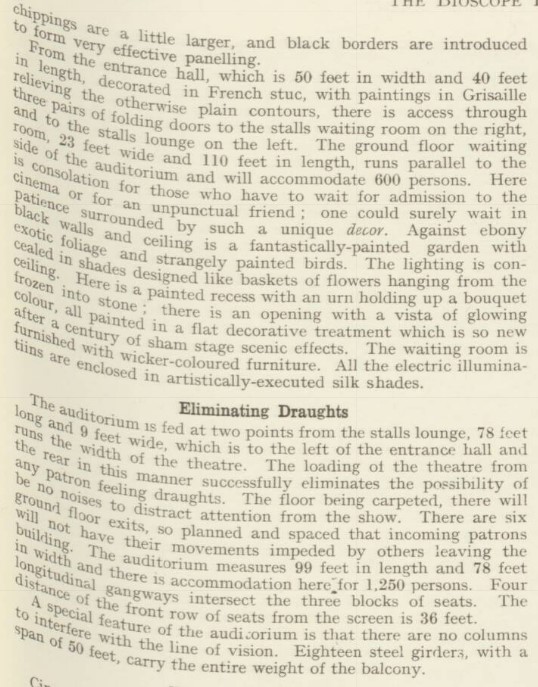
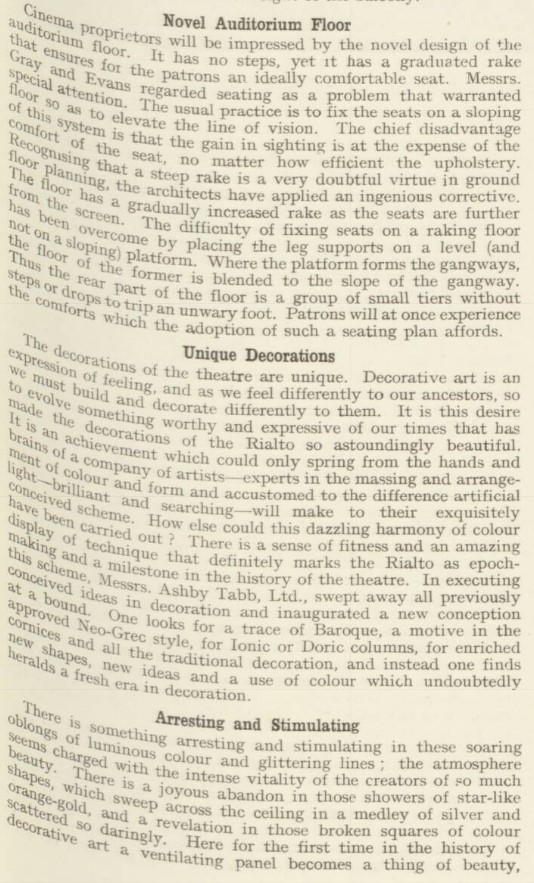
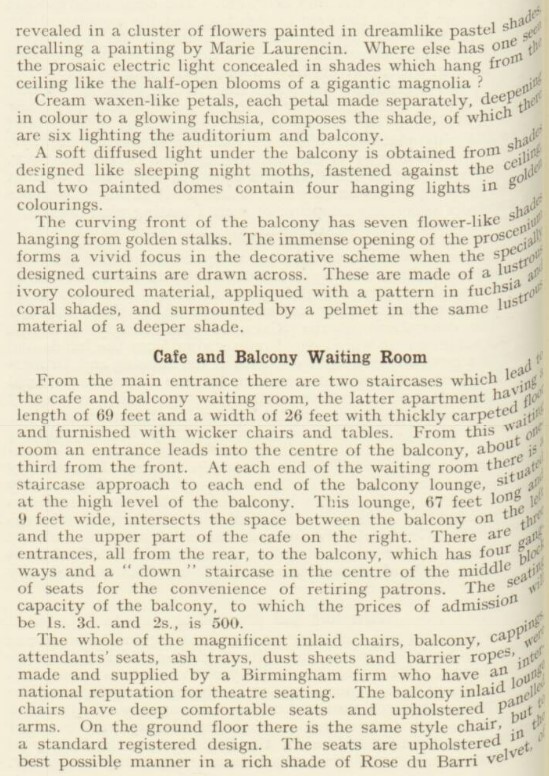
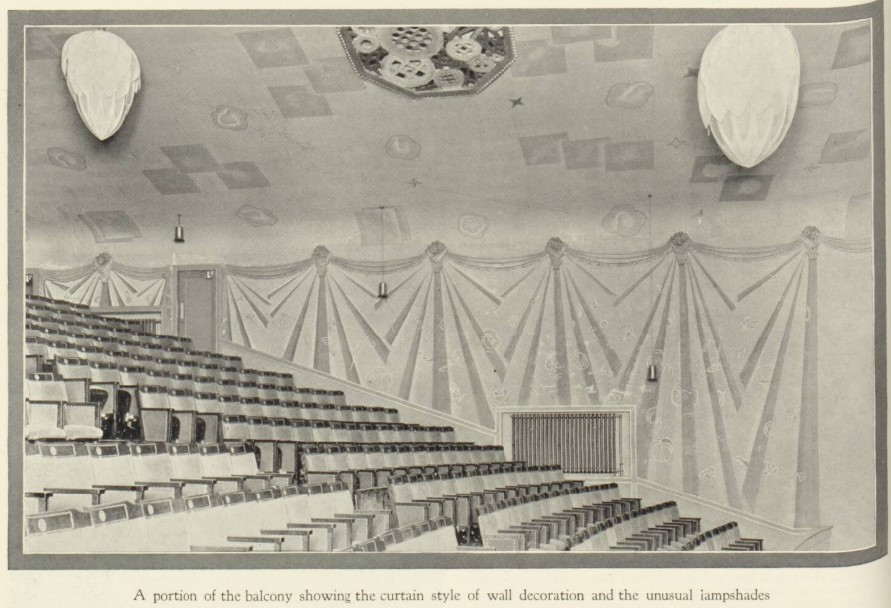
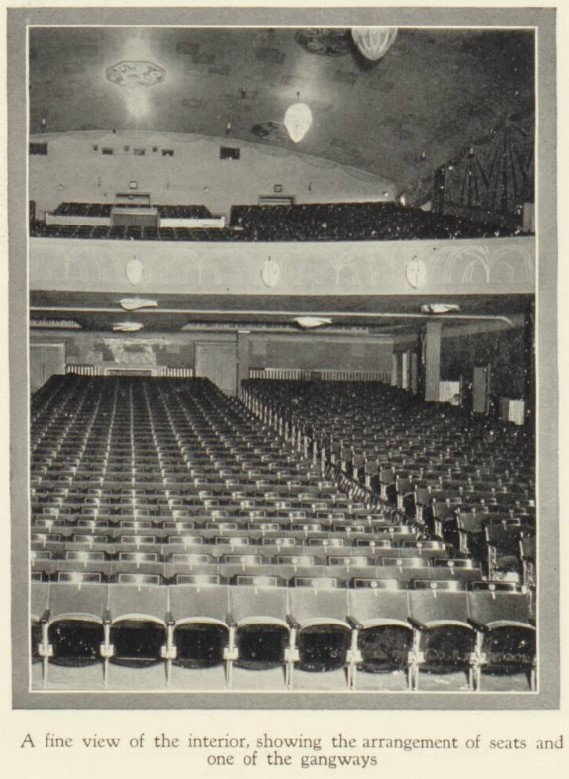
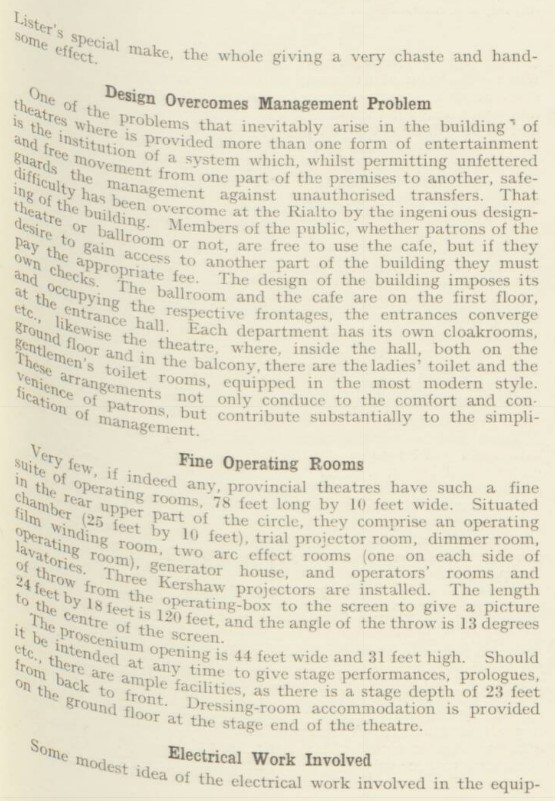
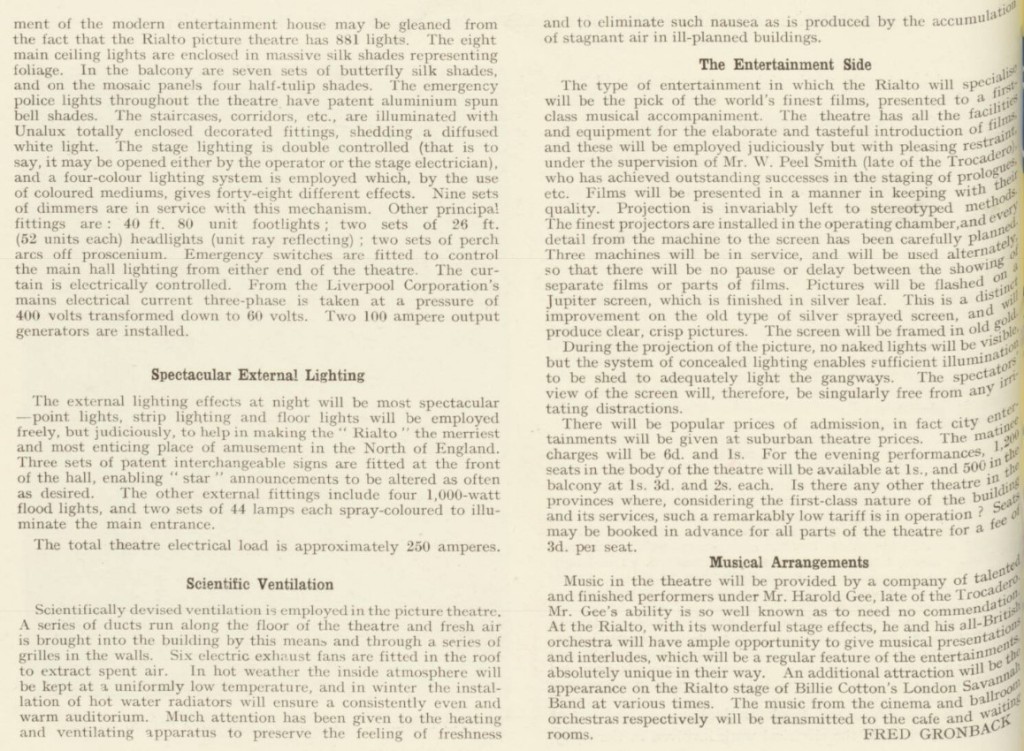
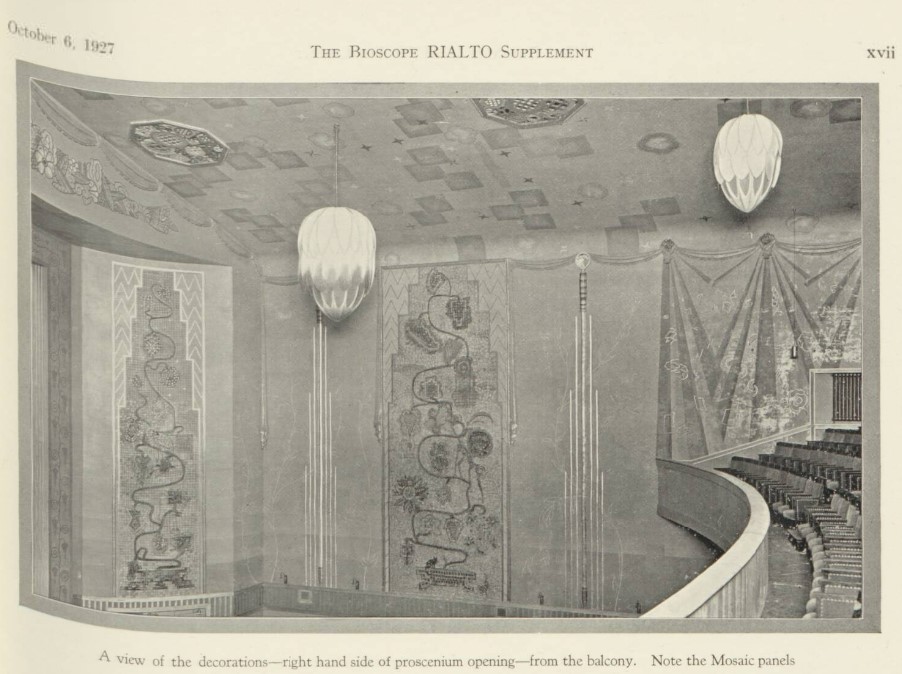
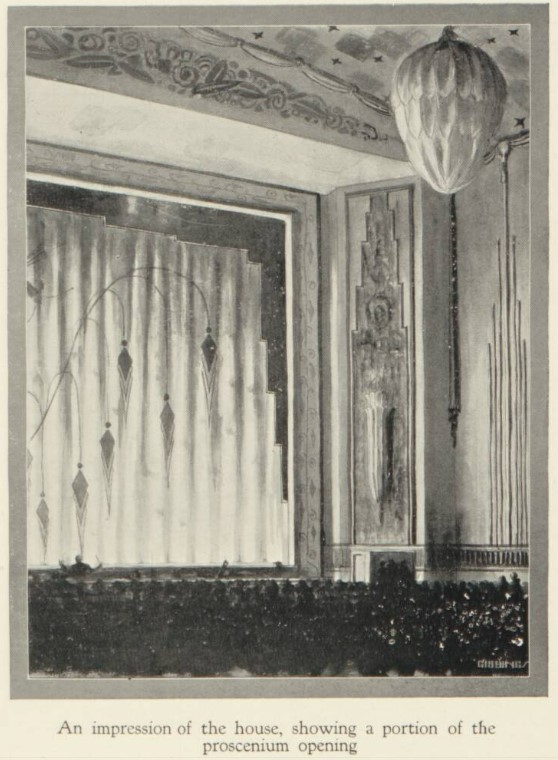
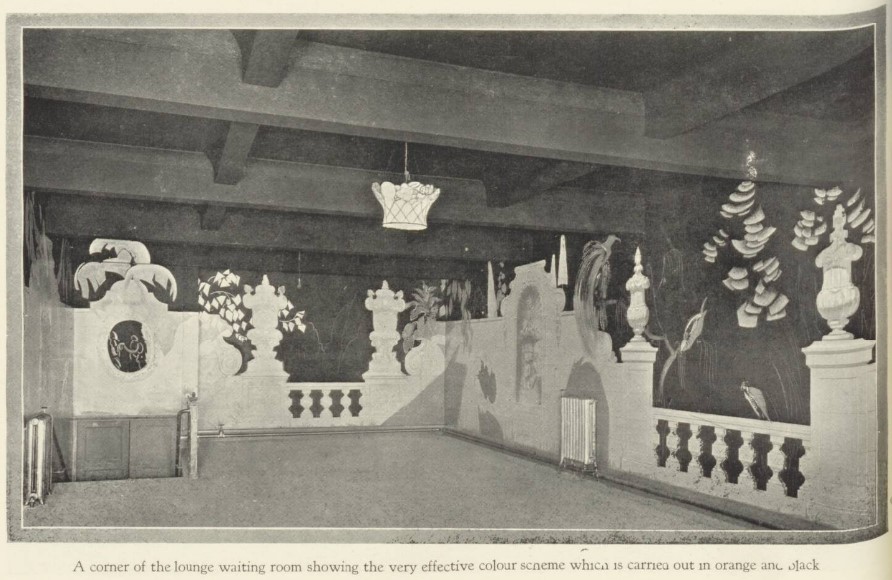
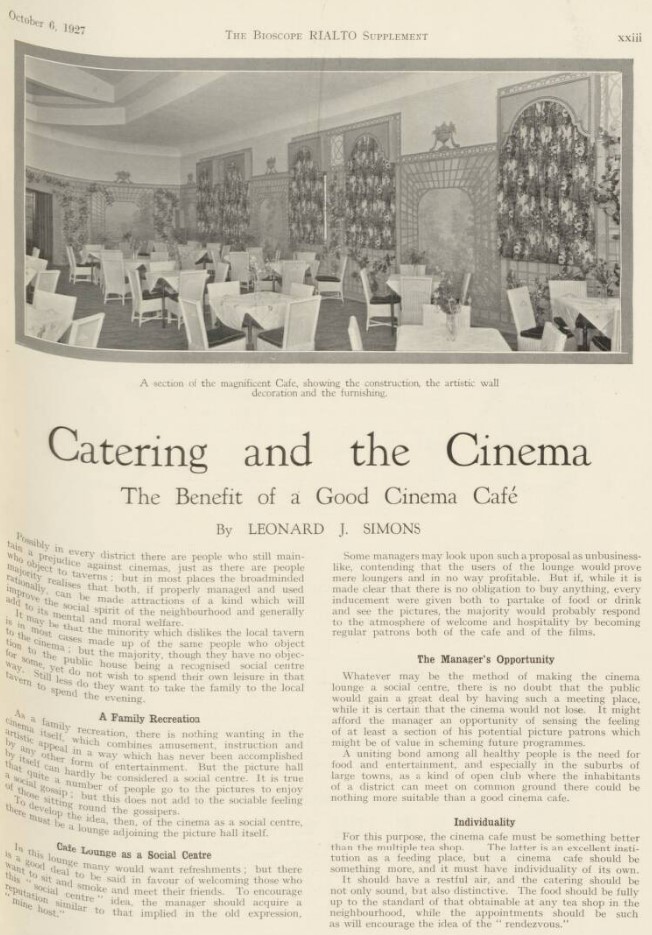
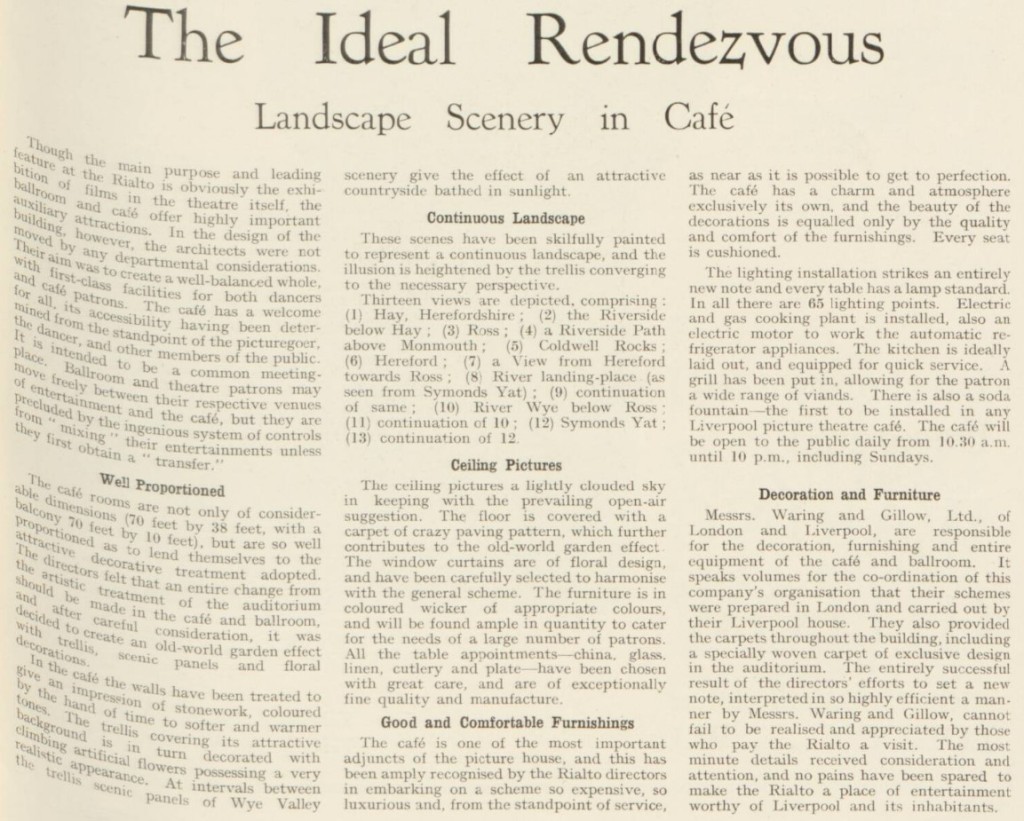
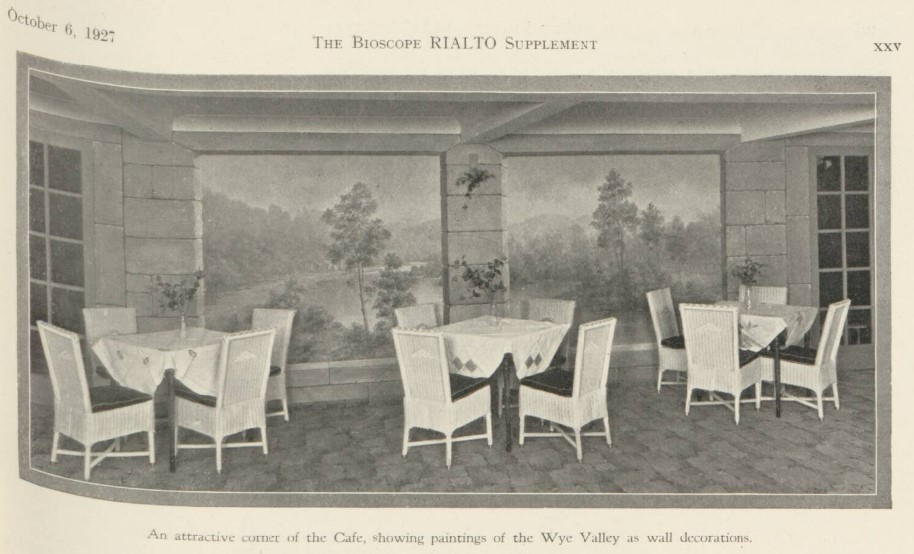
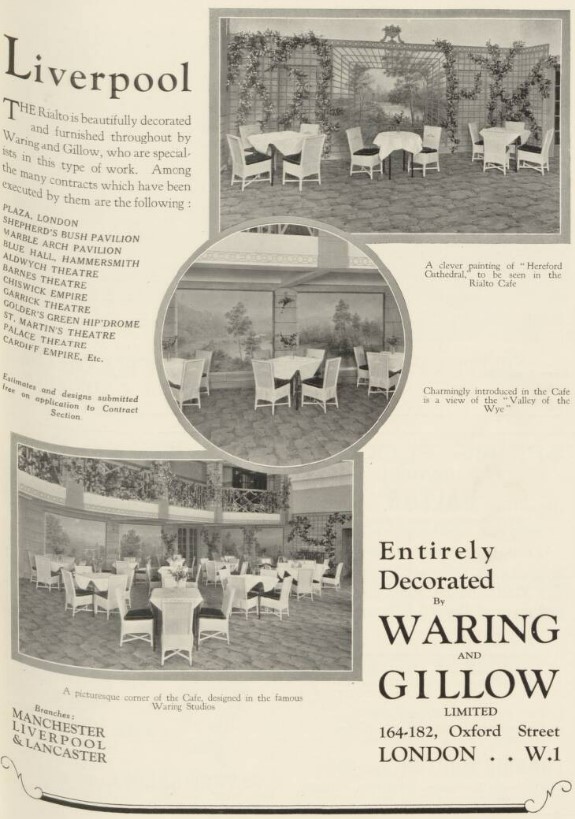
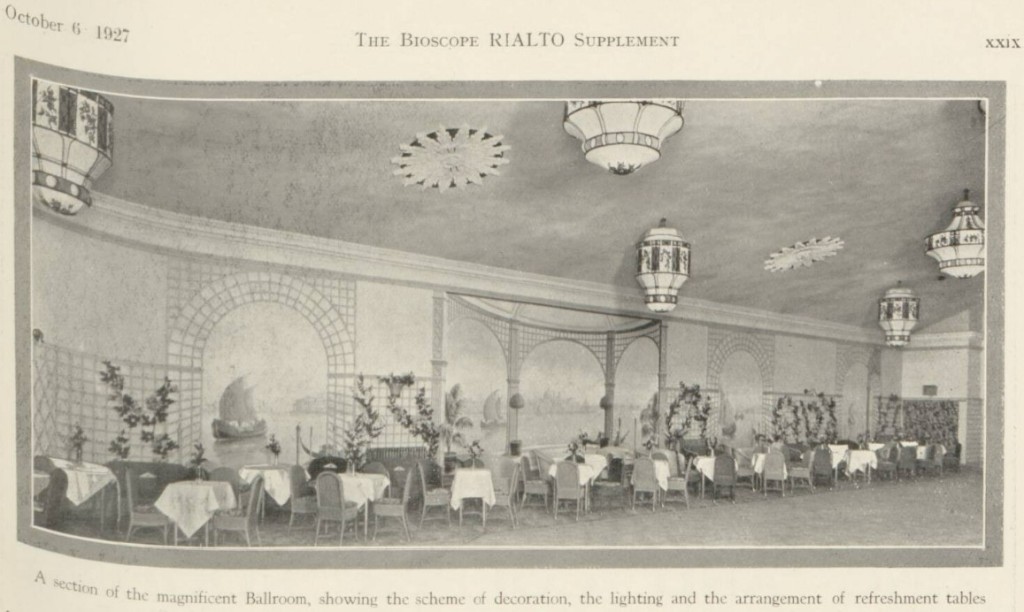
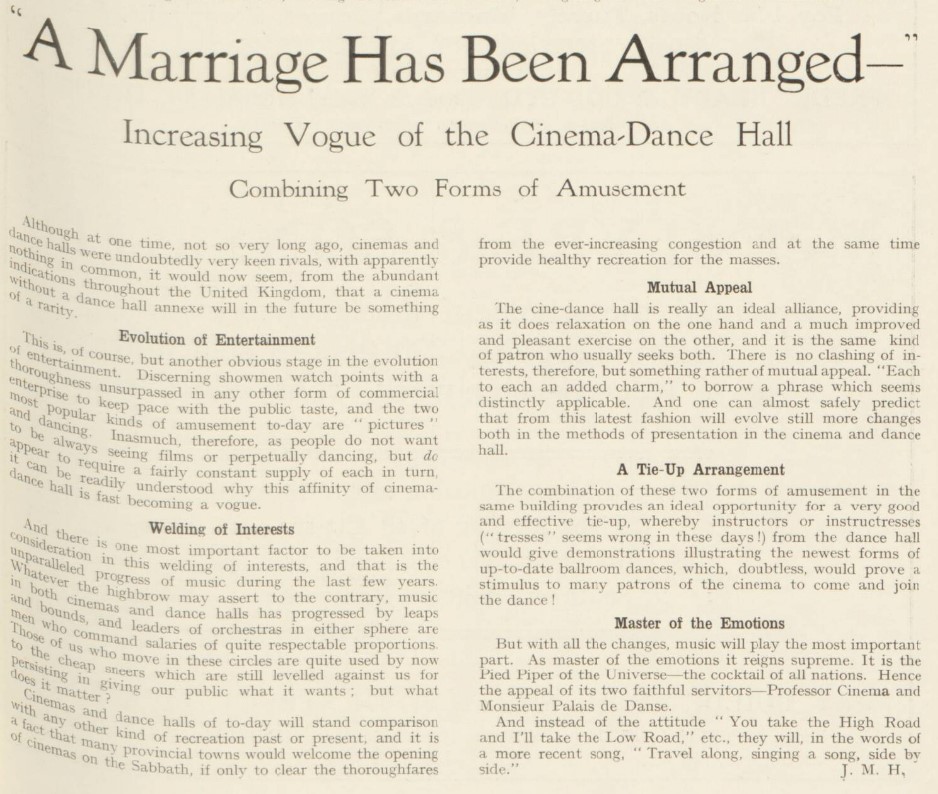
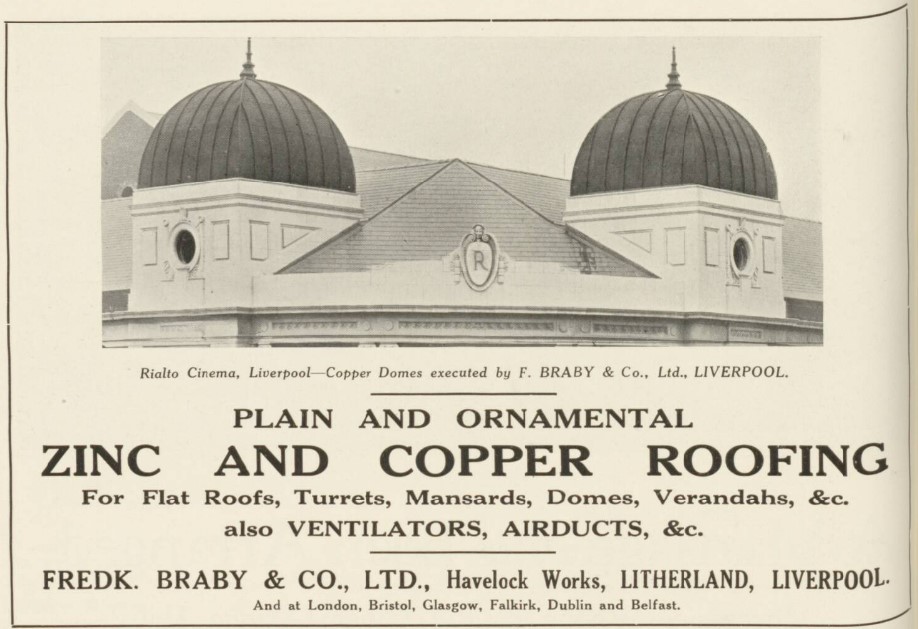
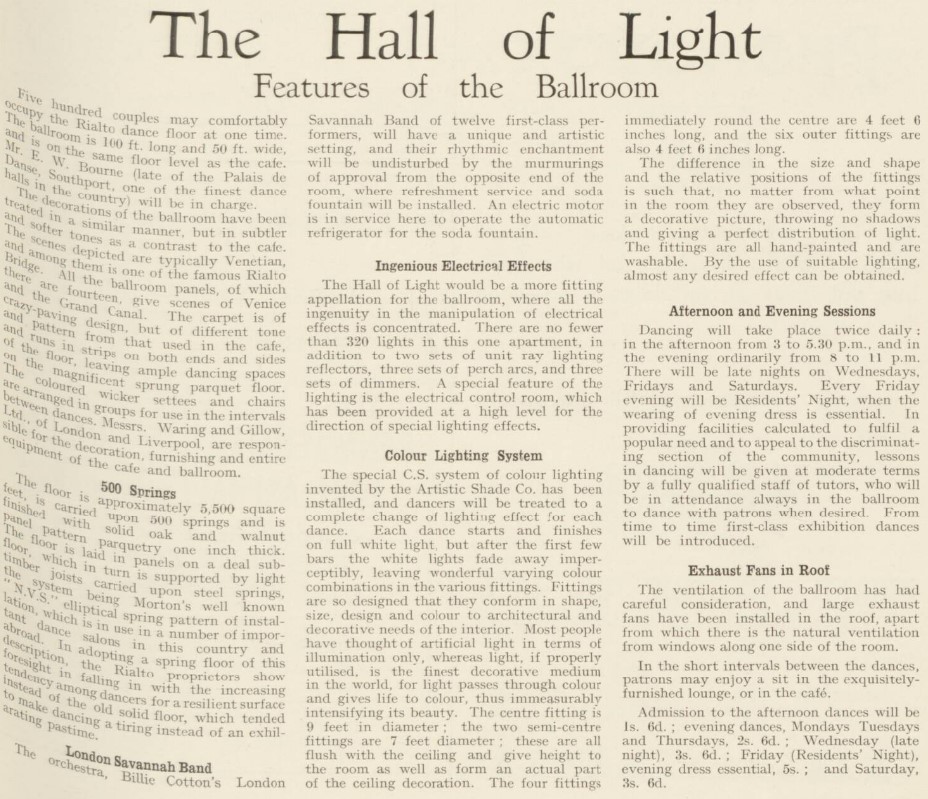
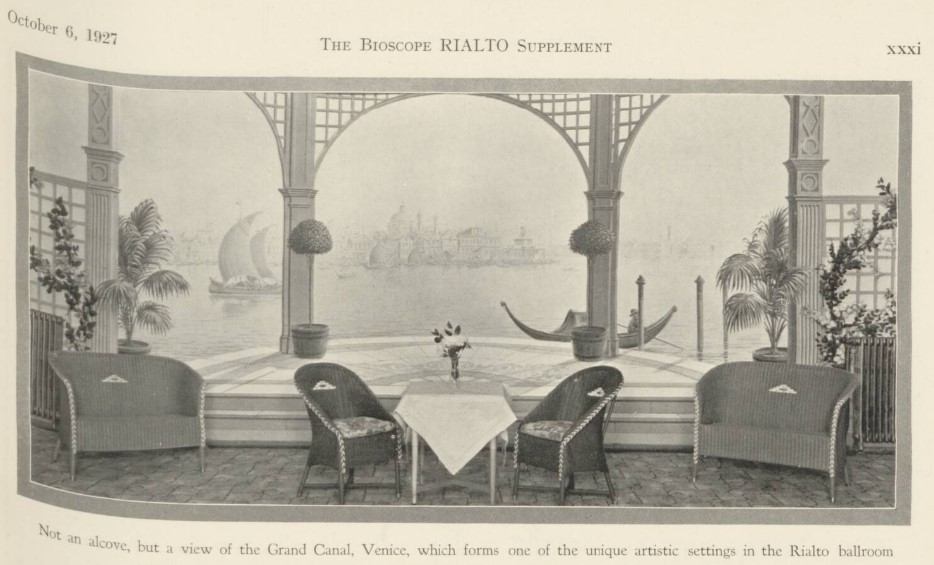
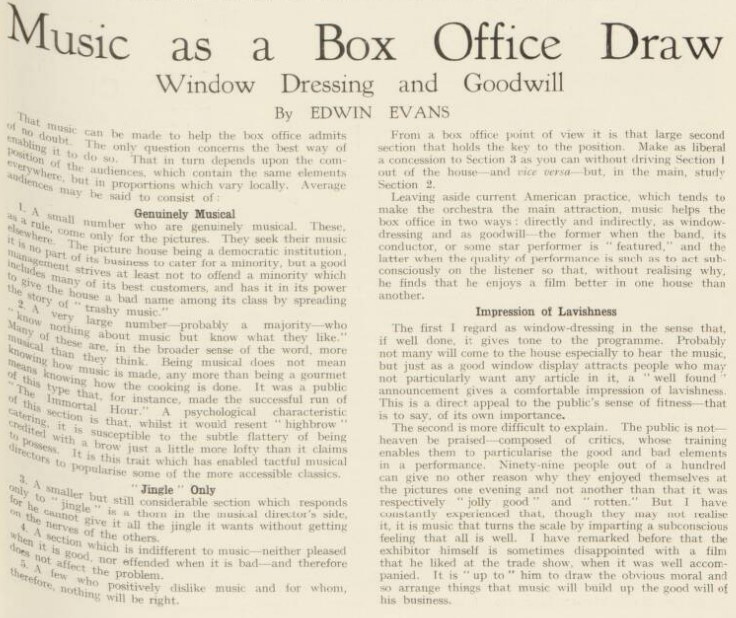
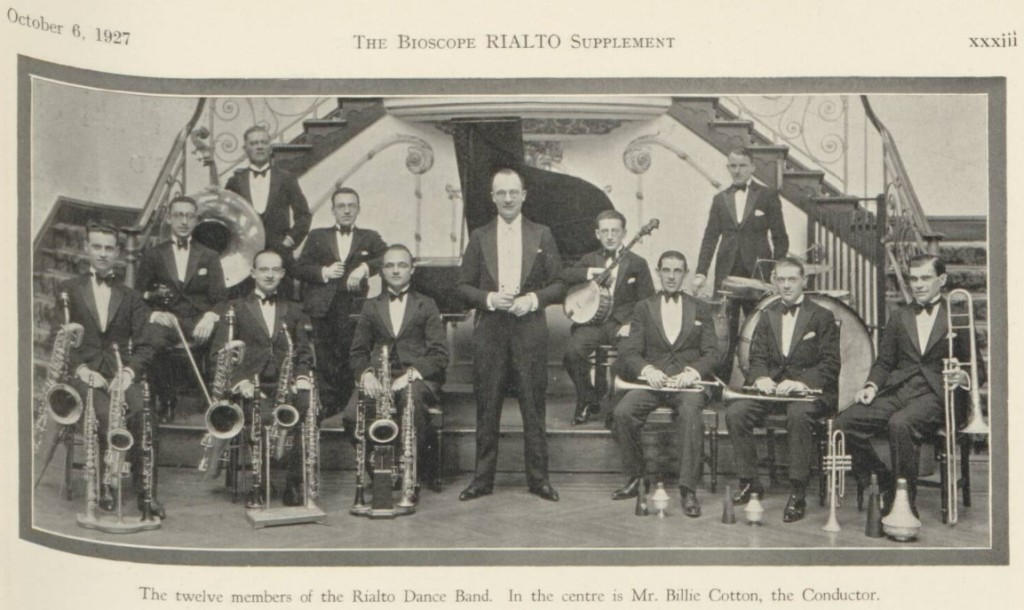
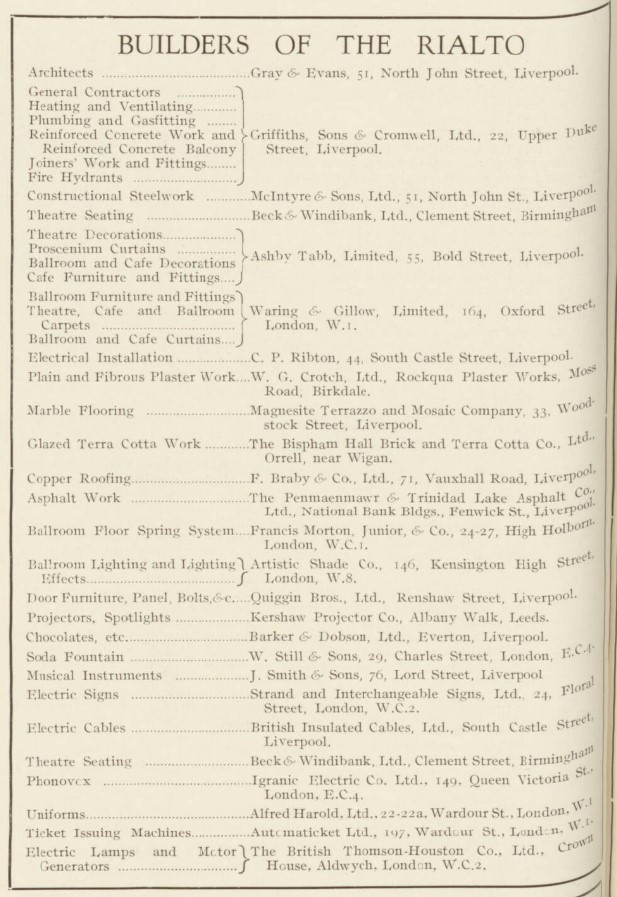
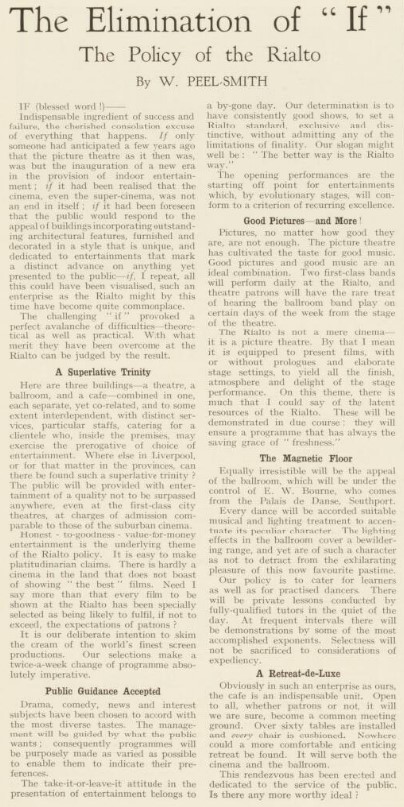
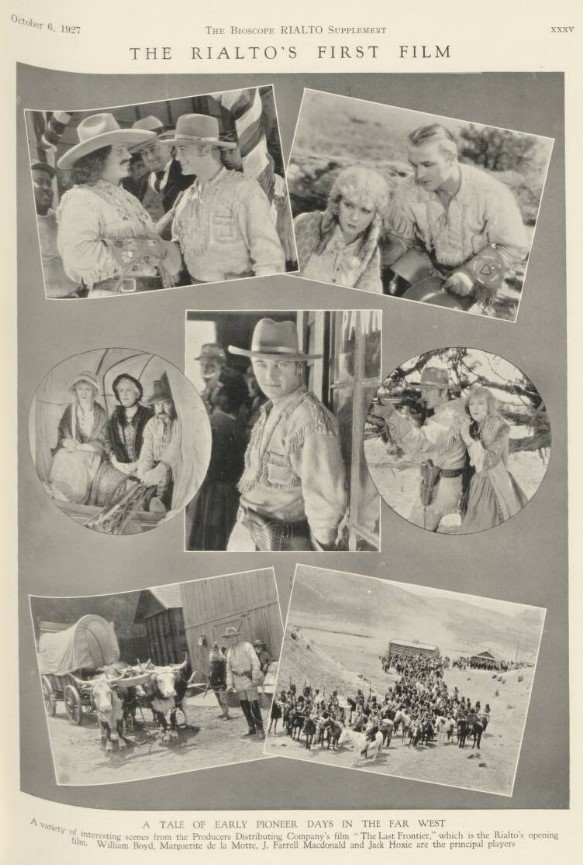
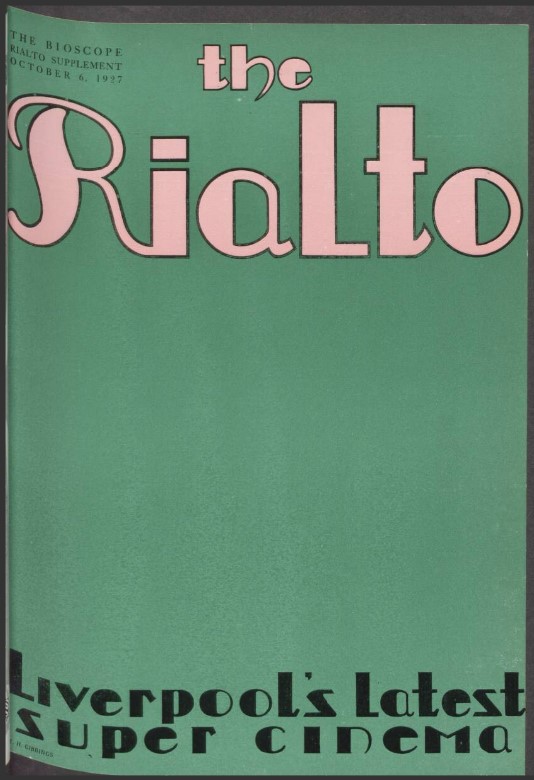
After a relatively short period of success the Rialto would close on 29th February 1964, with Doris Day in “The Thrill of it All”. Initially, as many, the building was turned over to Bingo, but the ballroom carried on until 17th July 1965. The building was eventually leased by Swainbanks Ltd in 1972, who converted it into commercial premises selling second-hand and antique furniture. It was as Swainbanks that the building would succumb to the Toxteth Riots in the summer of 1981 – a sad end for a fine building.
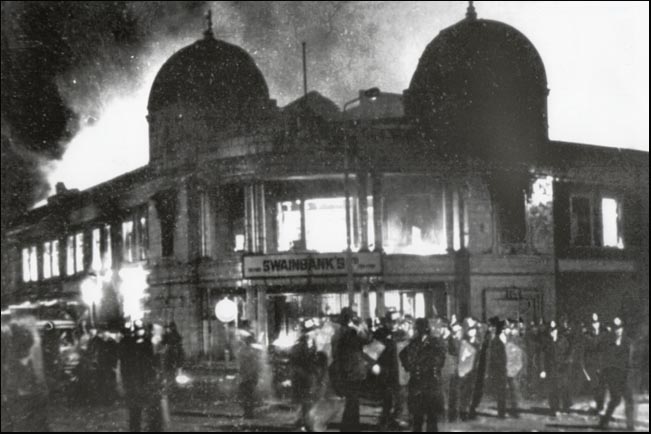
Further Reading:
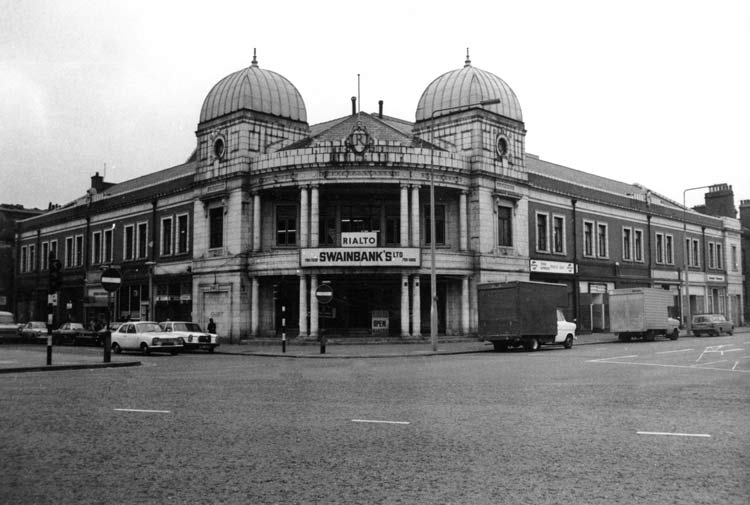

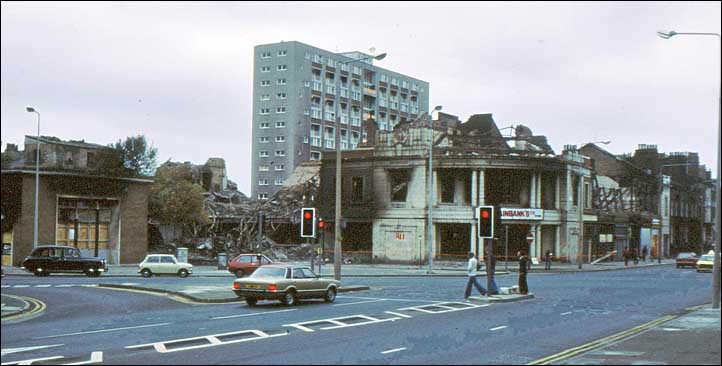
How can you not be fascinated by the history of Liverpool! - If Liverpool did not exist, it would have to be invented” - Felicien de Myrbach.
How can you not be fascinated by the history of Liverpool! - If Liverpool did not exist, it would have to be invented” - Felicien de Myrbach.